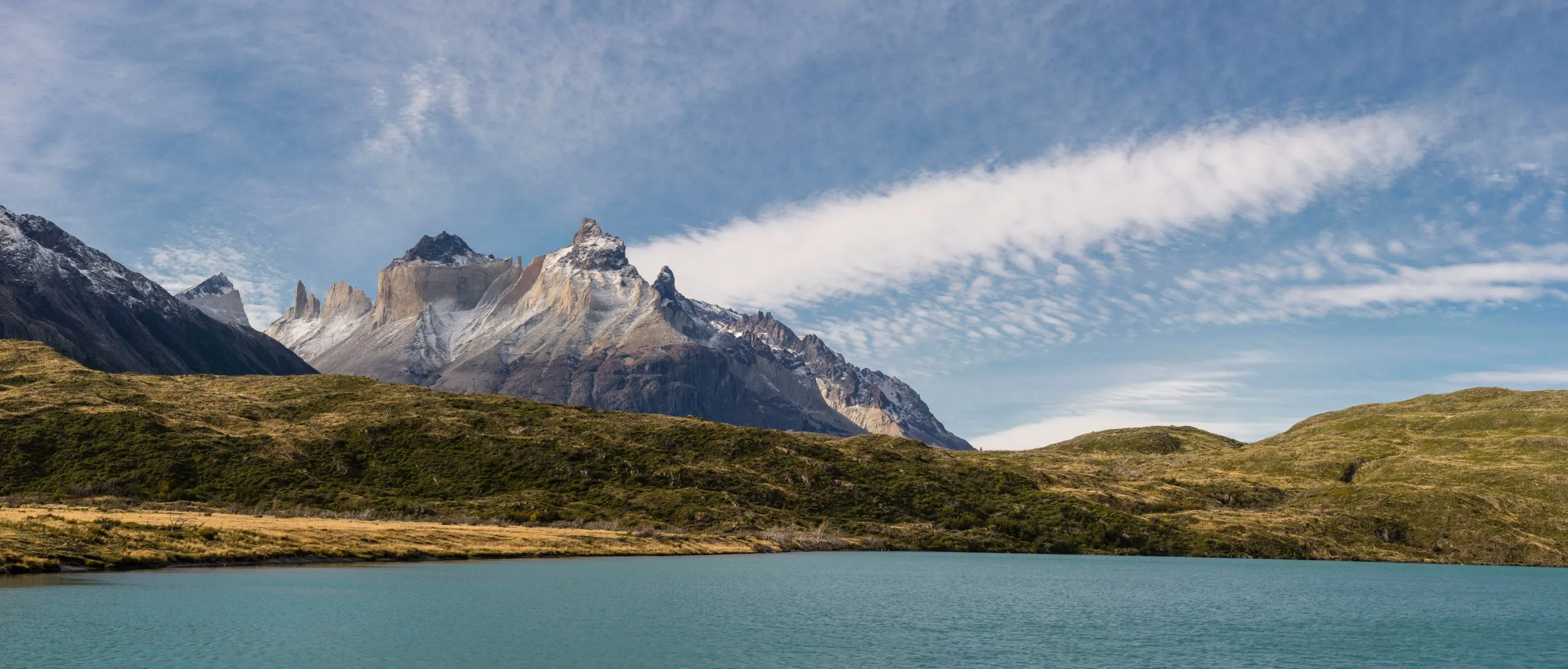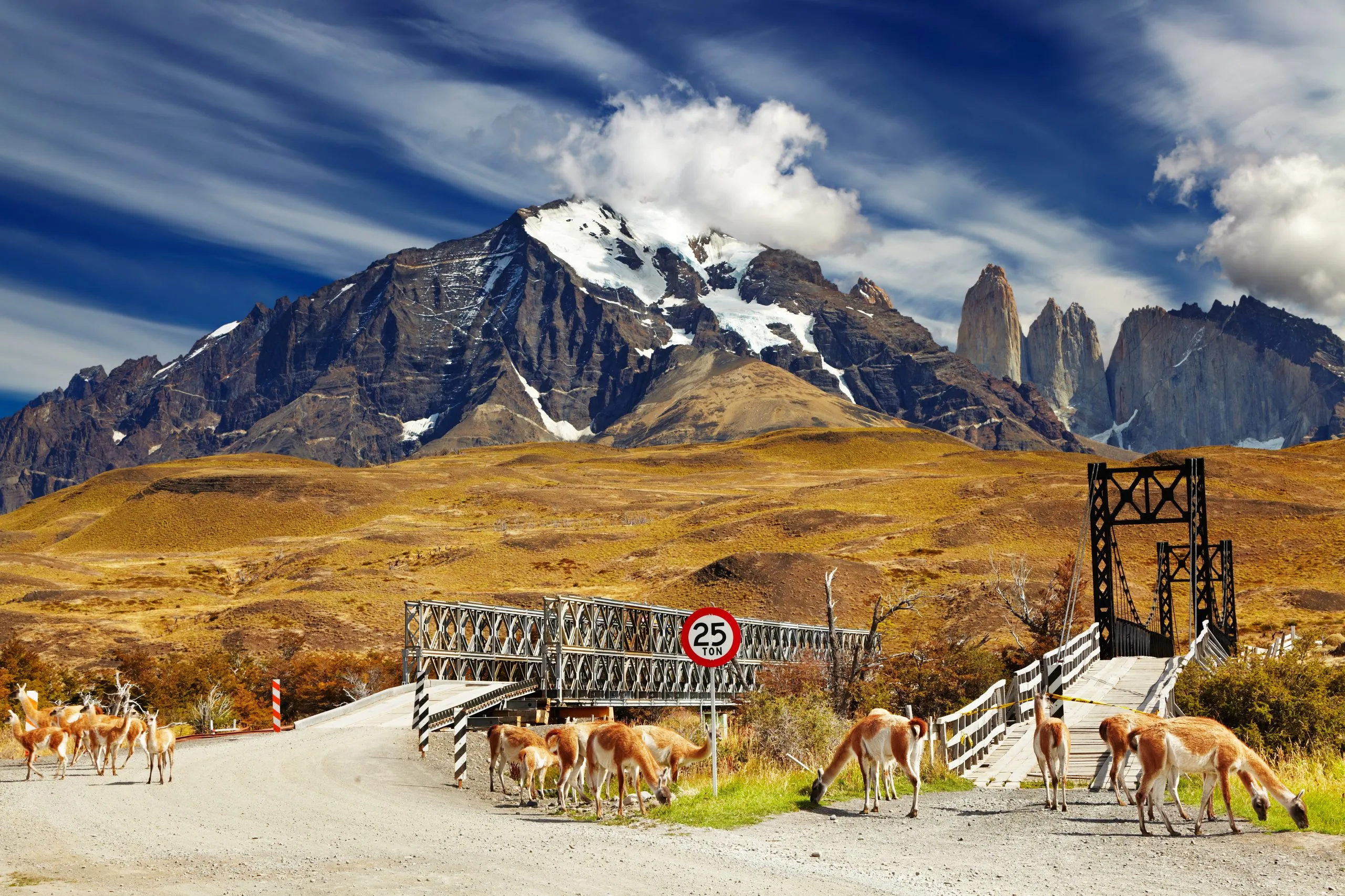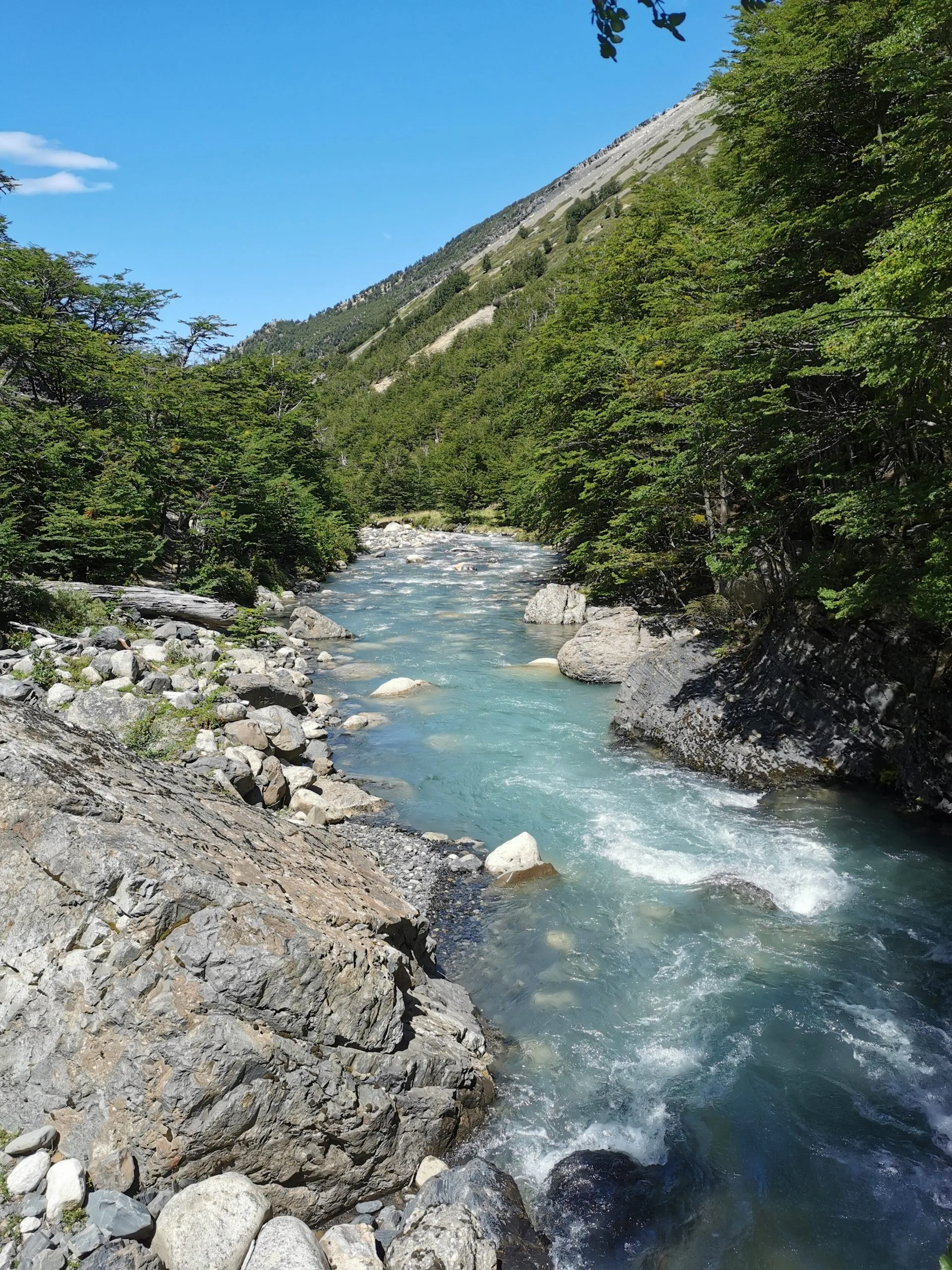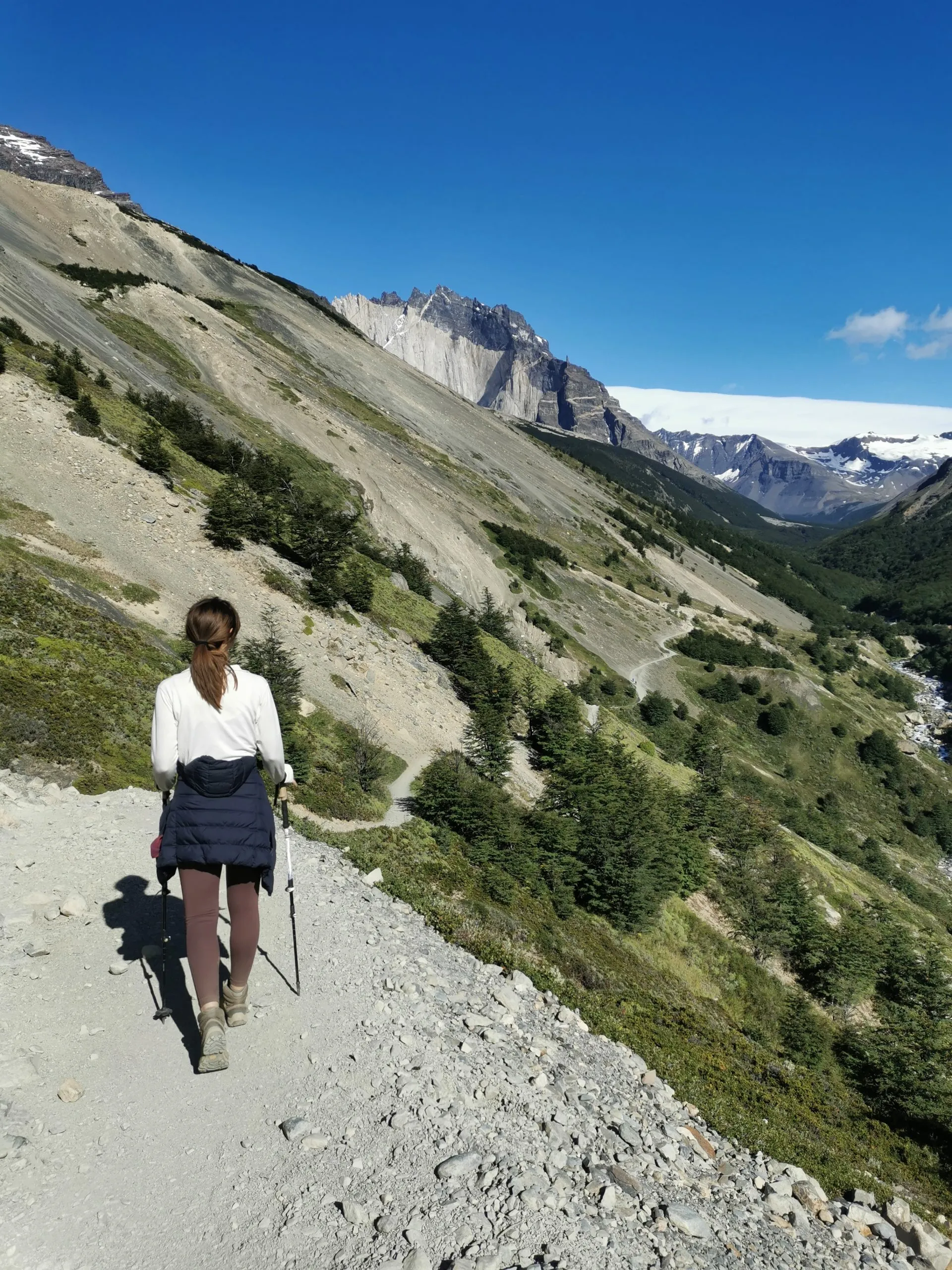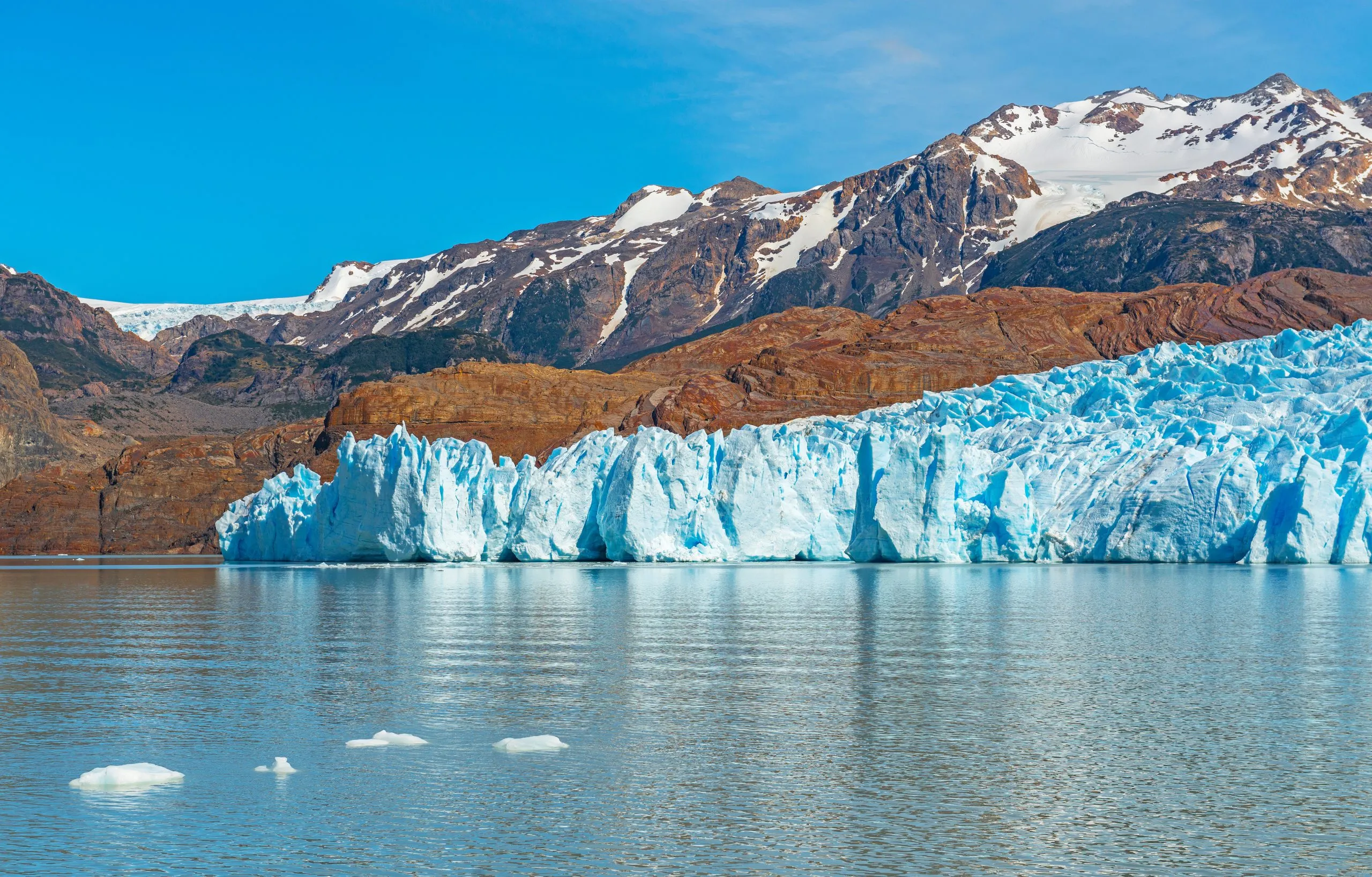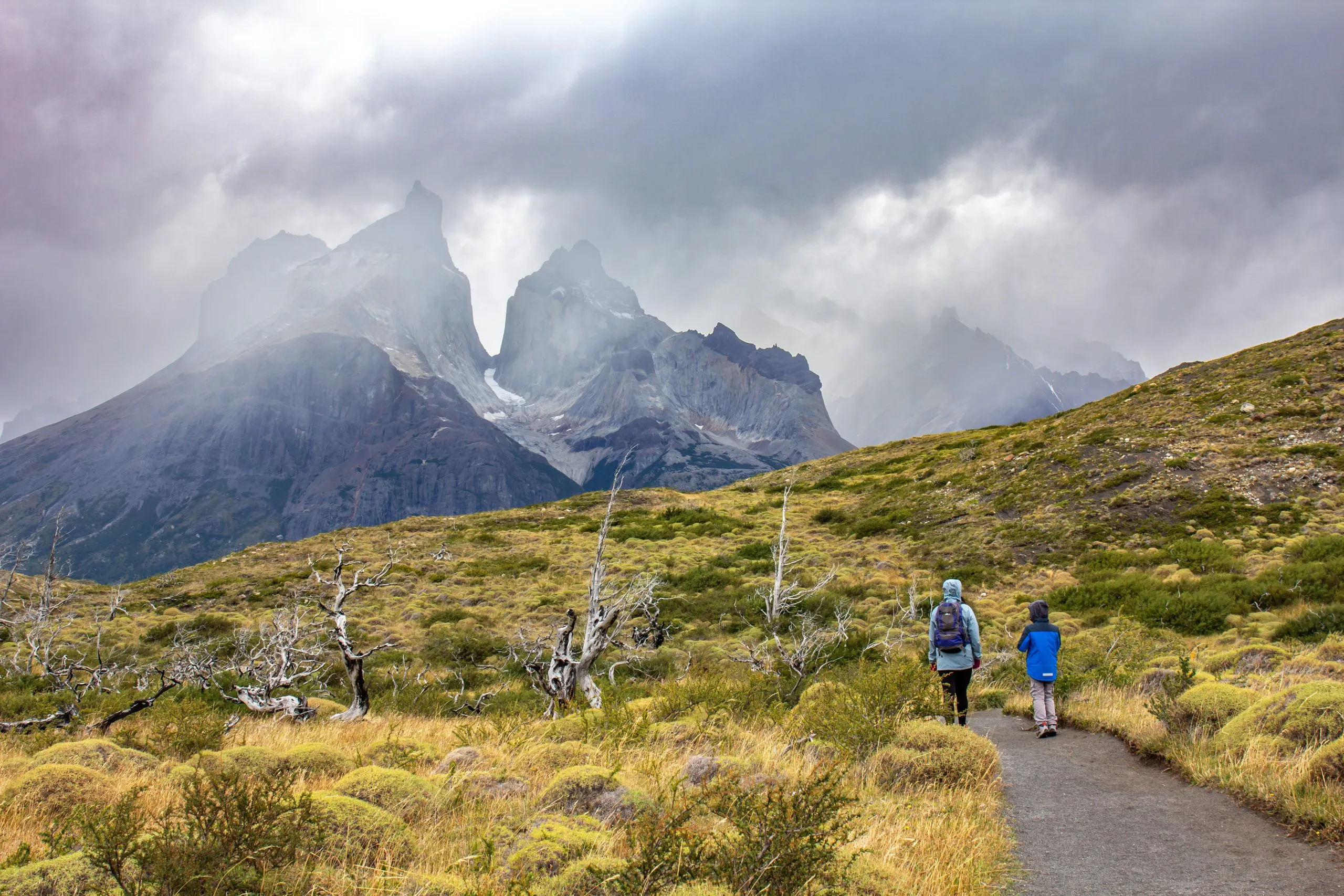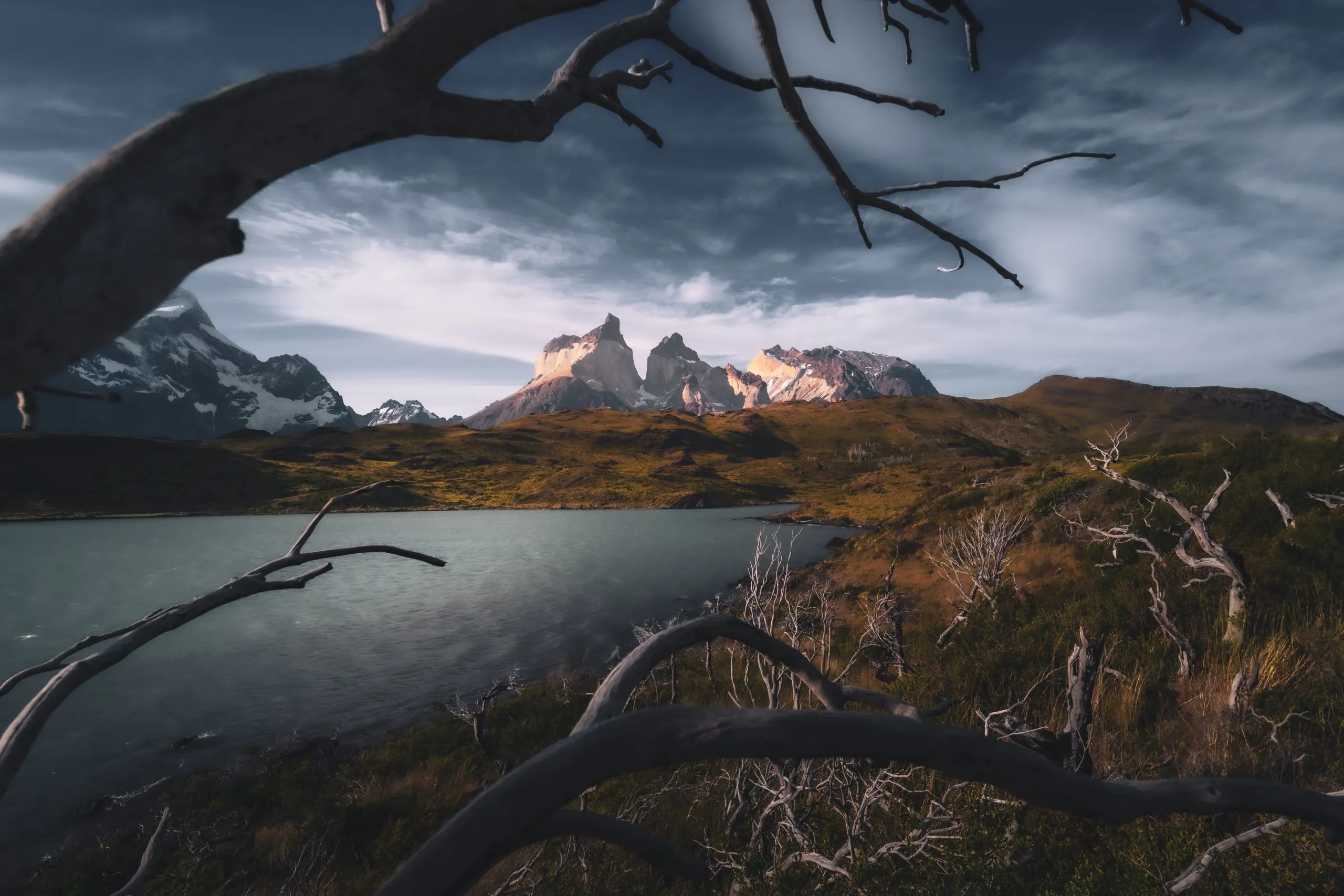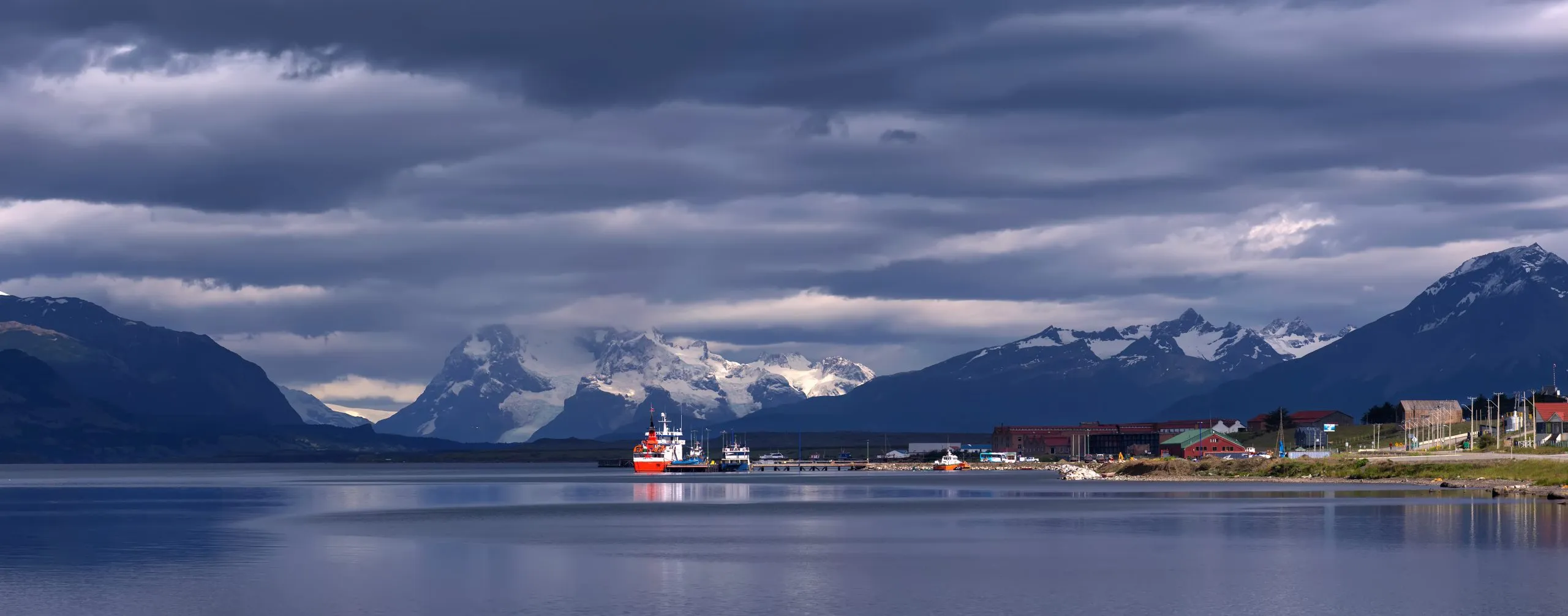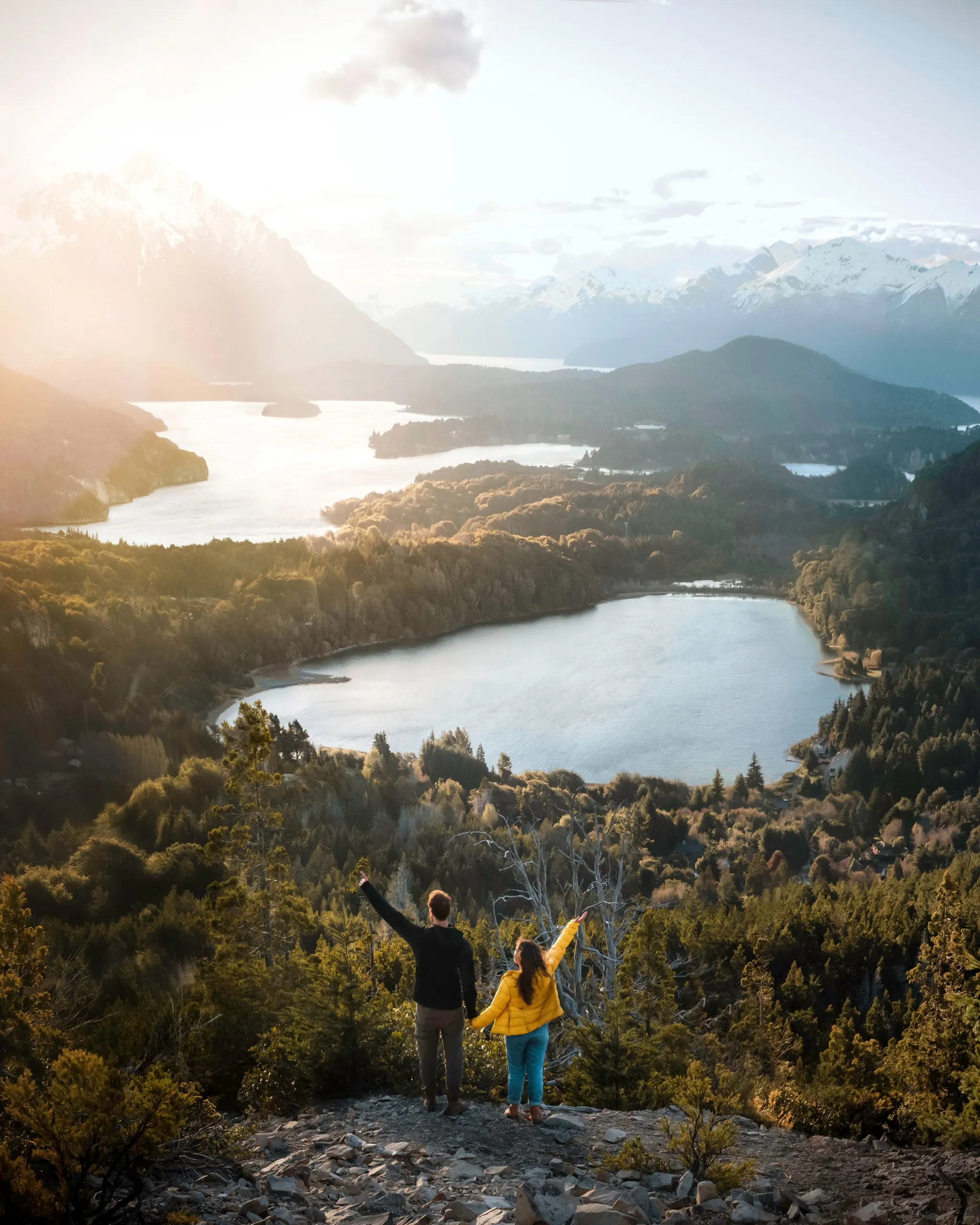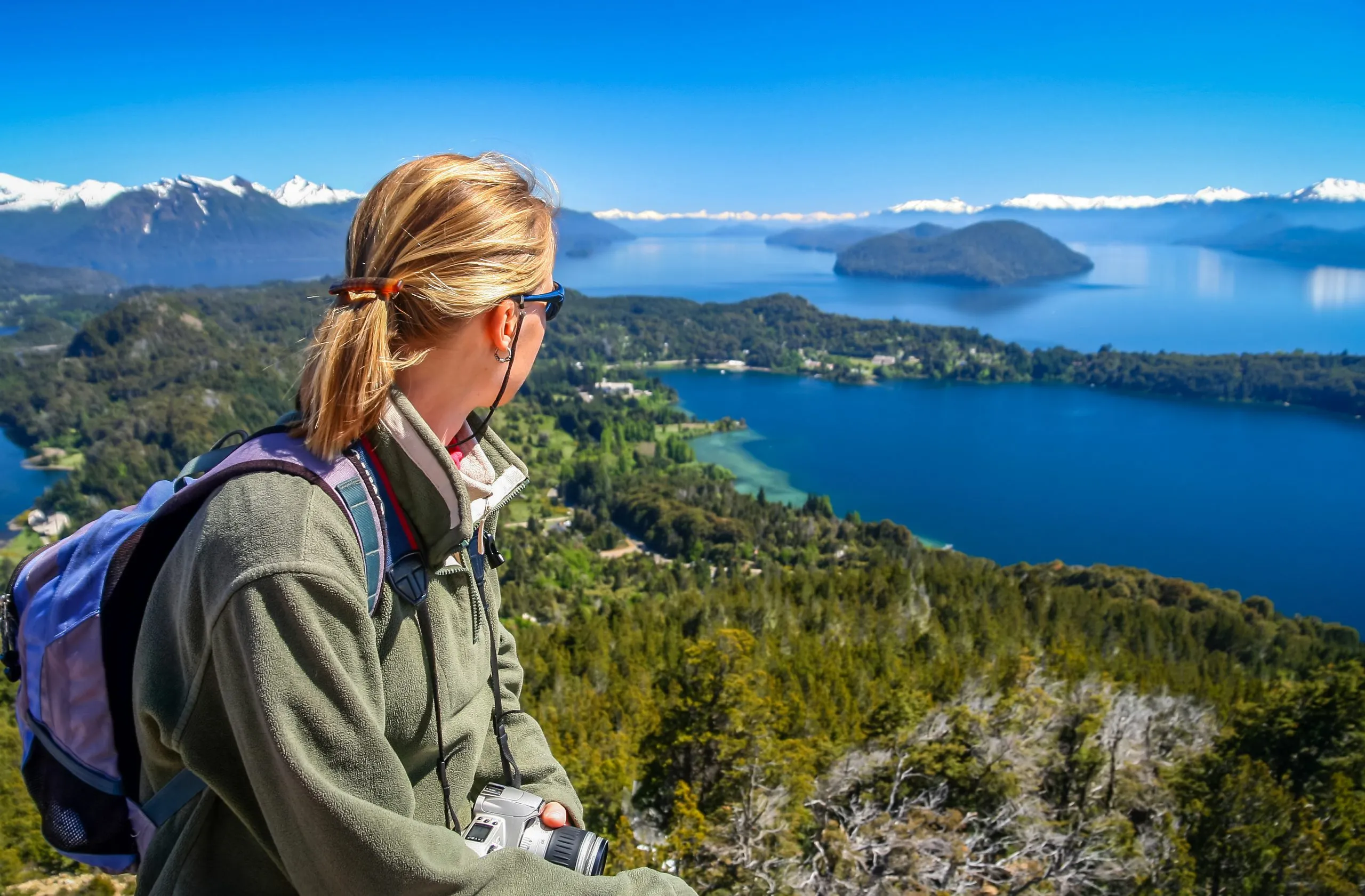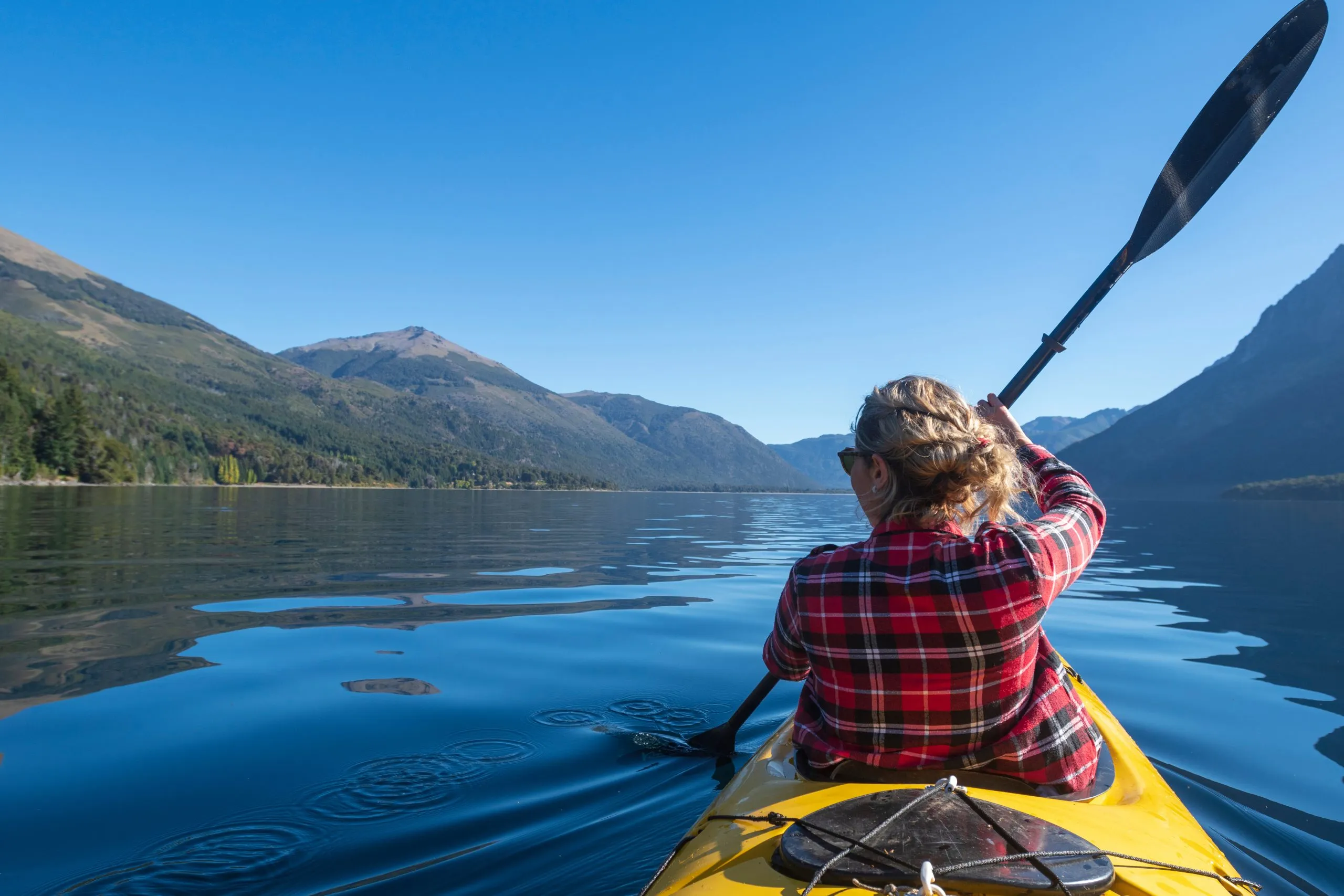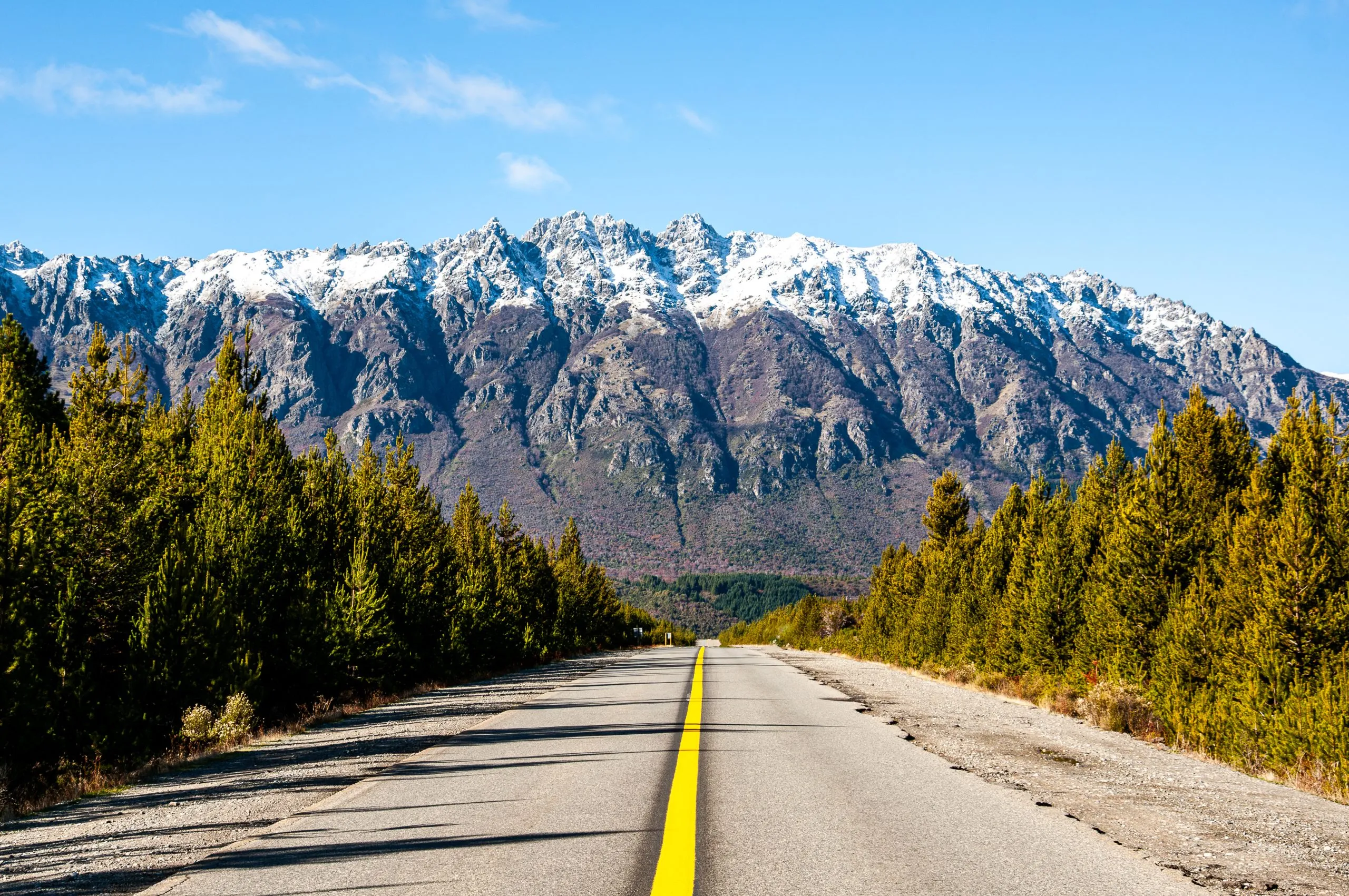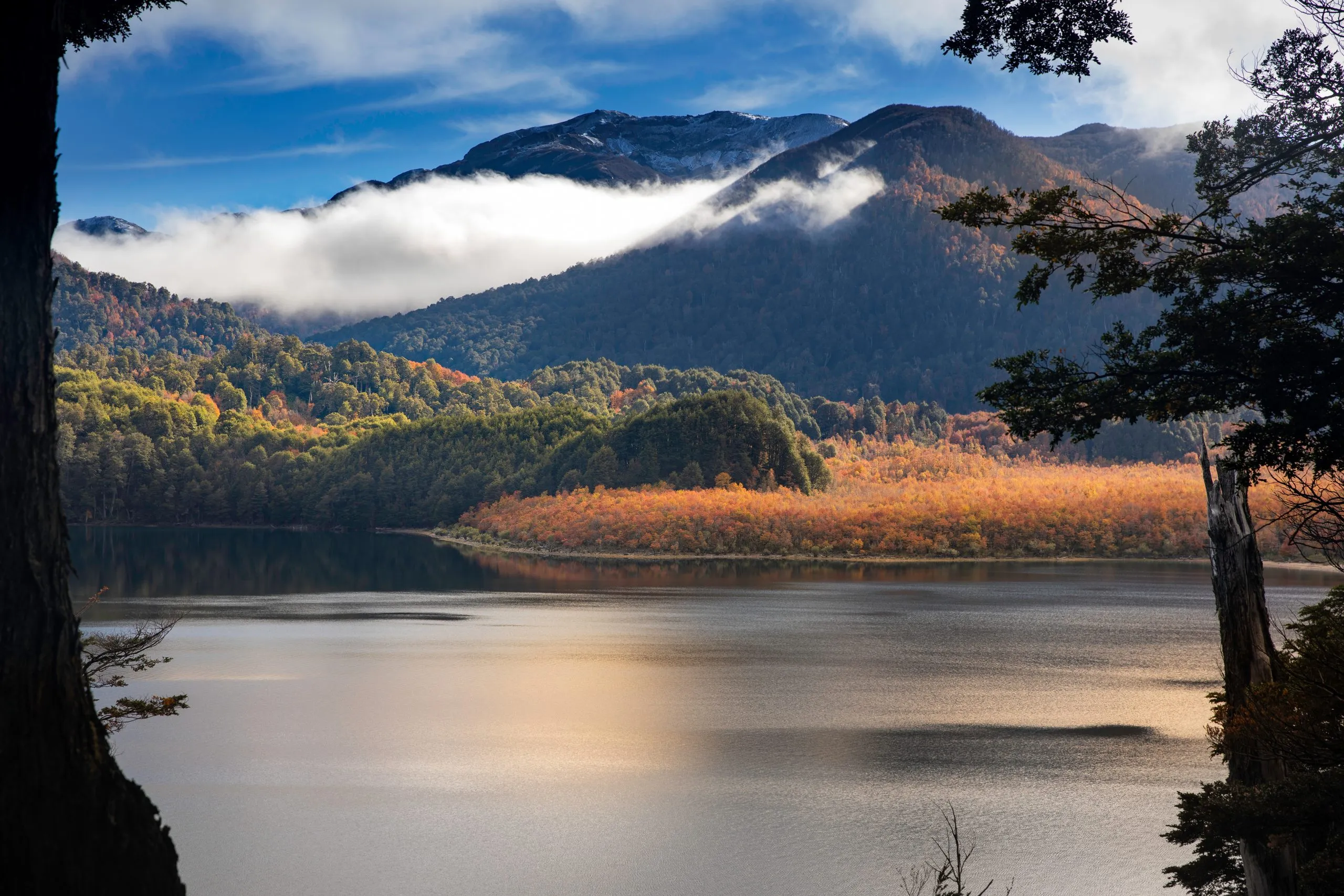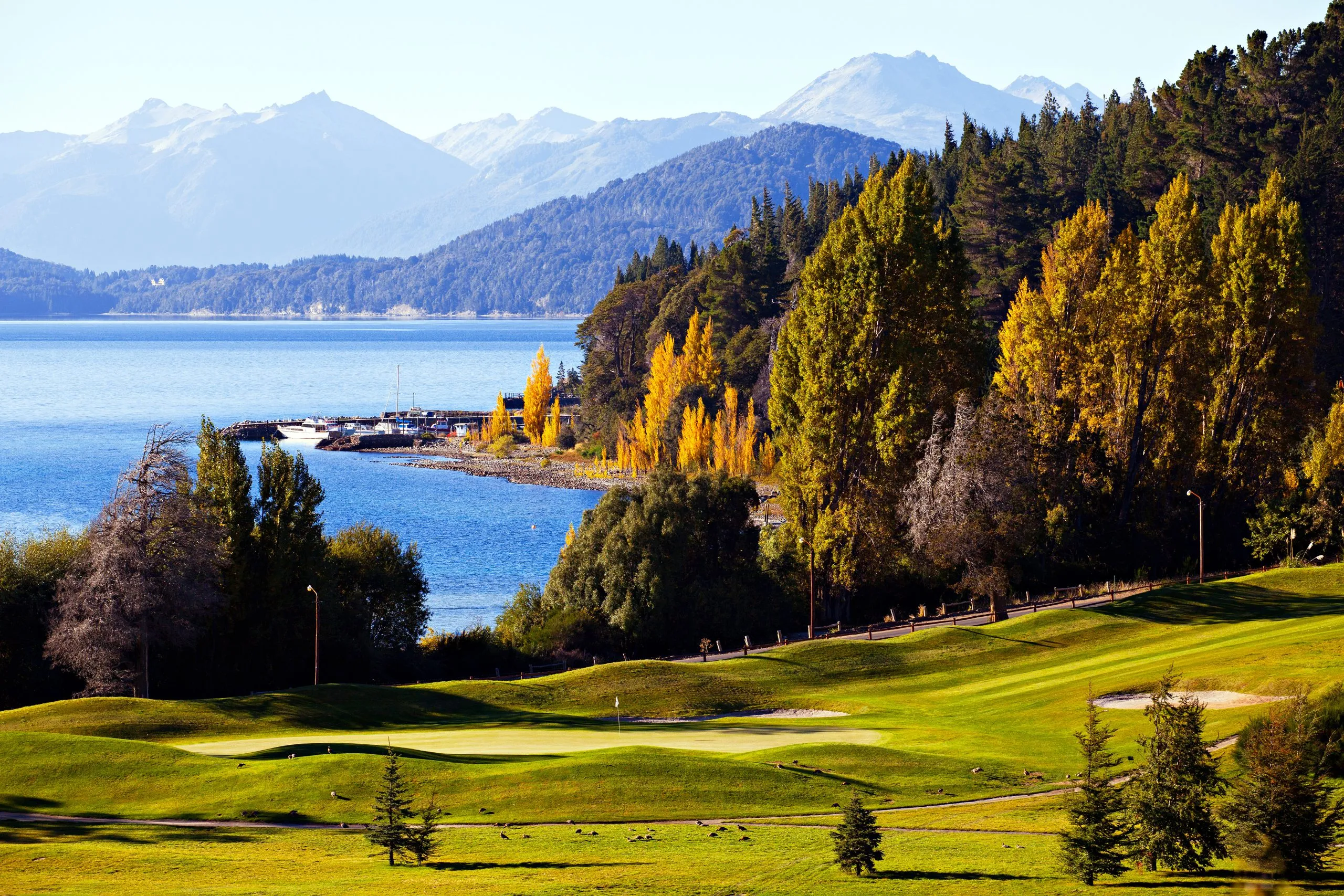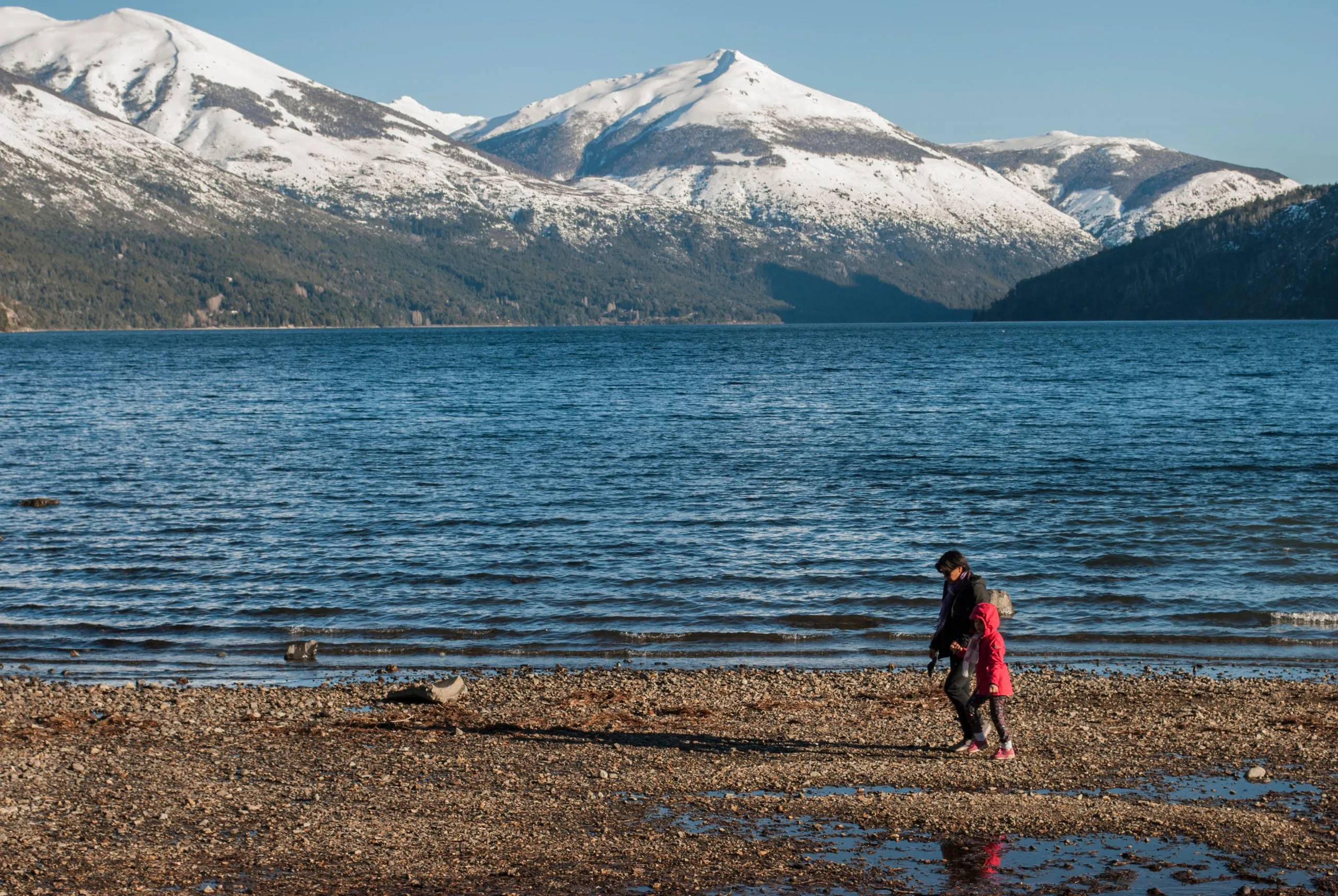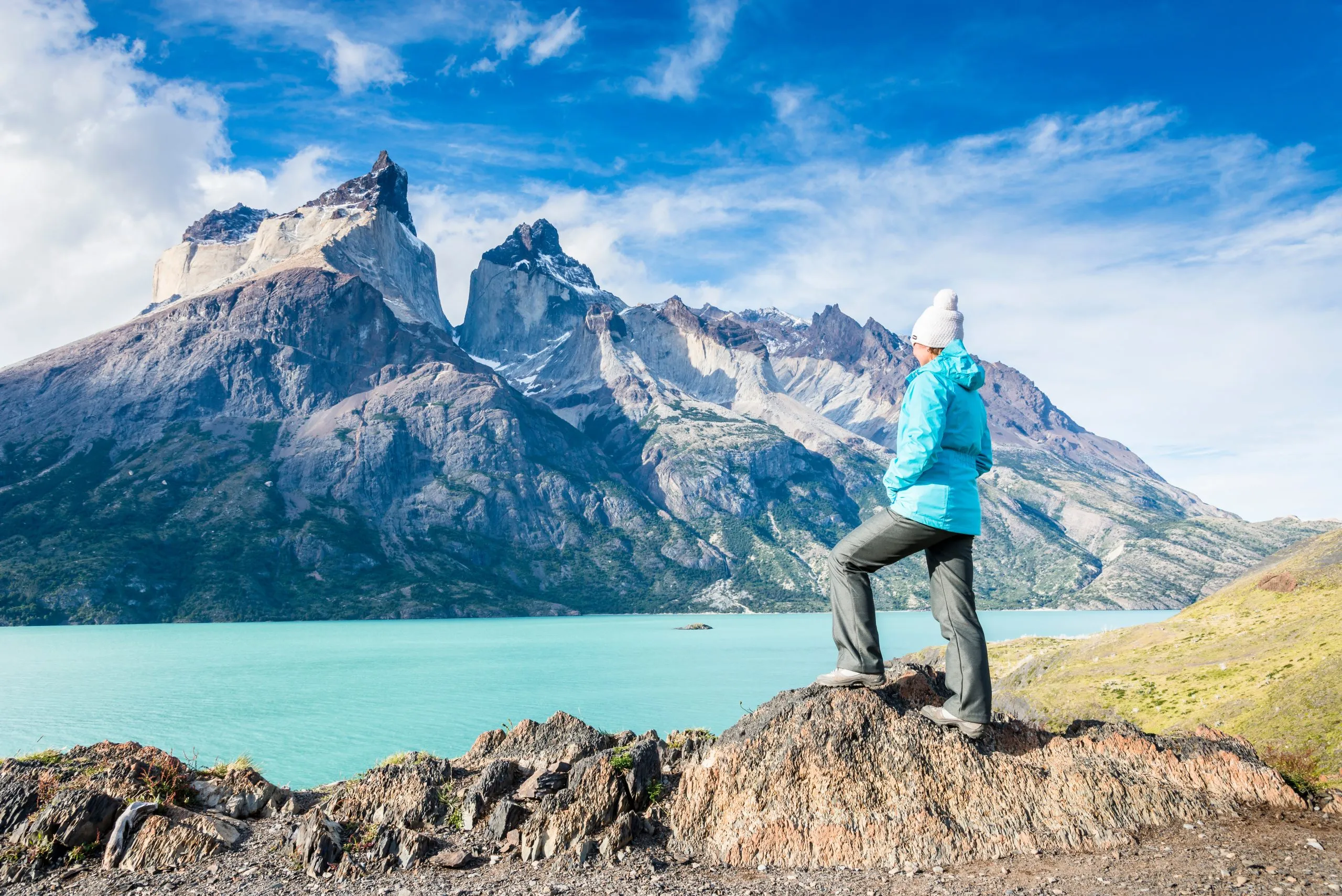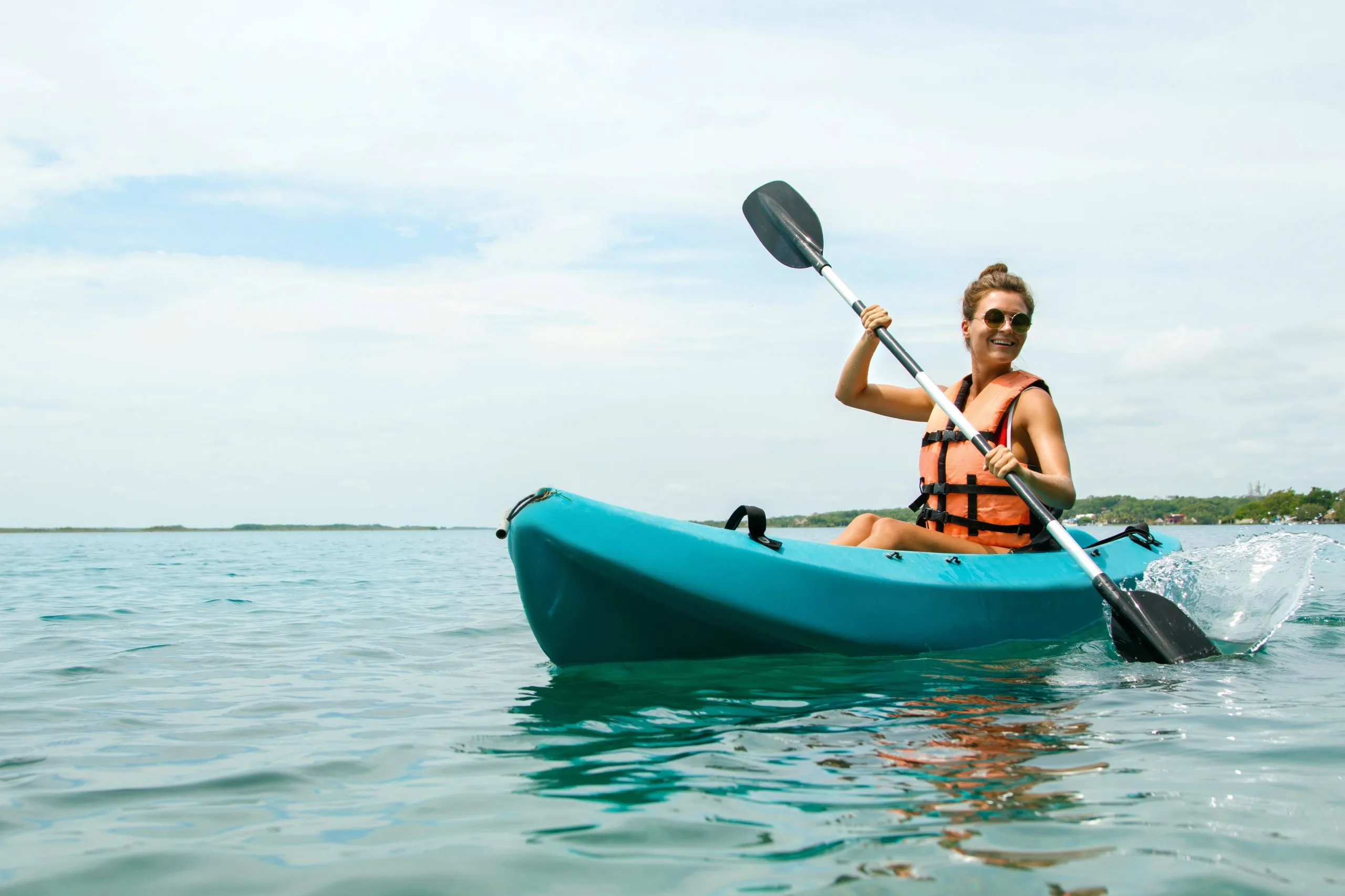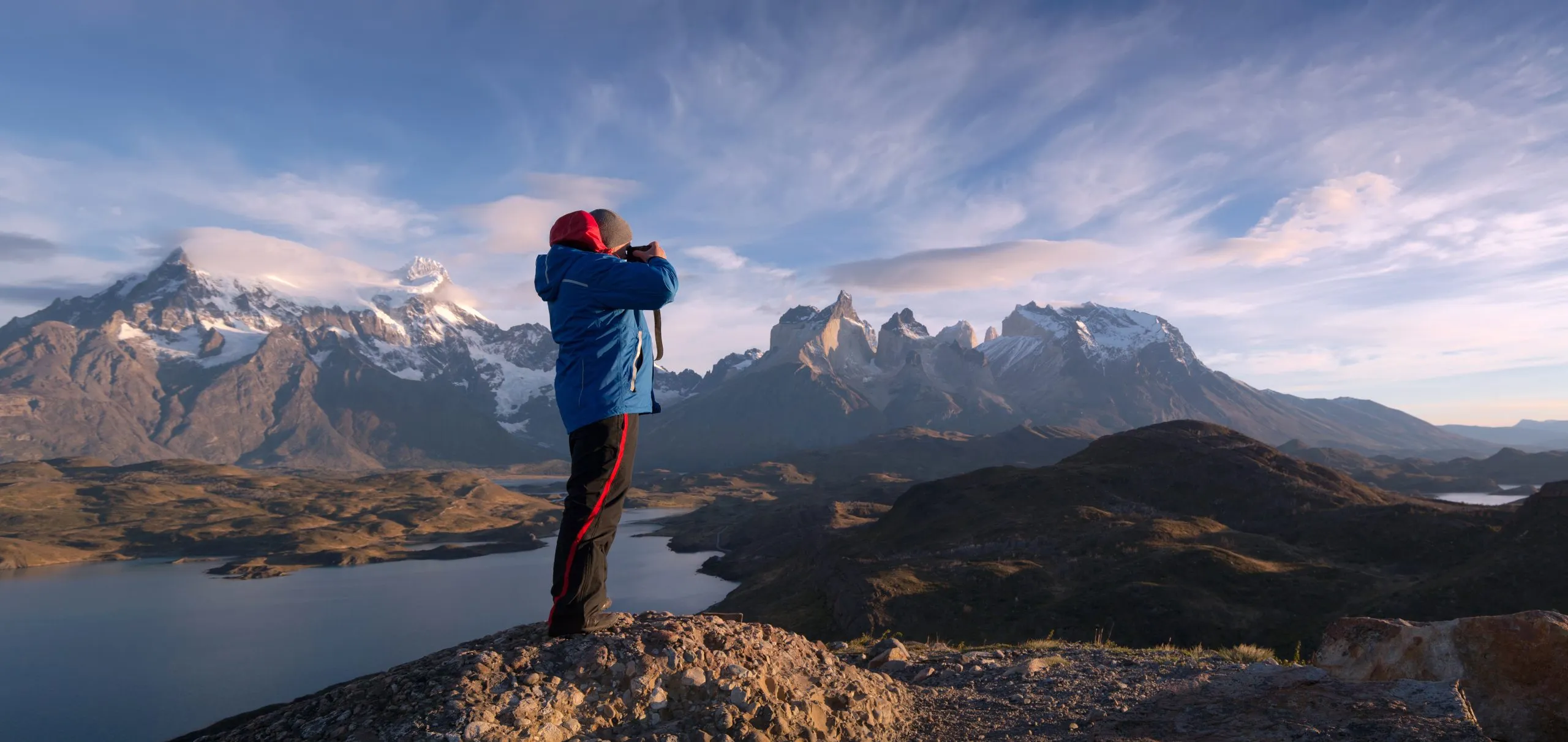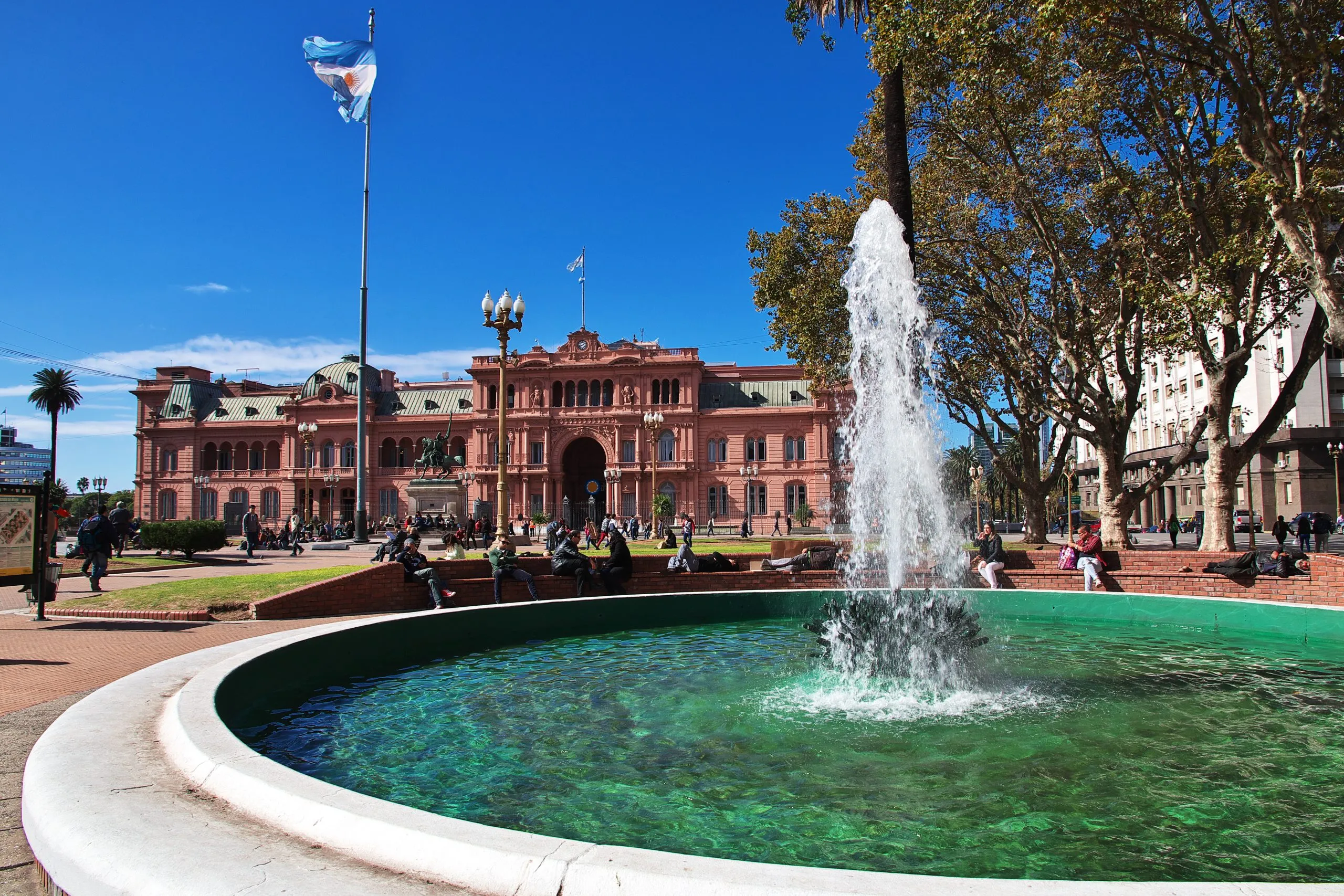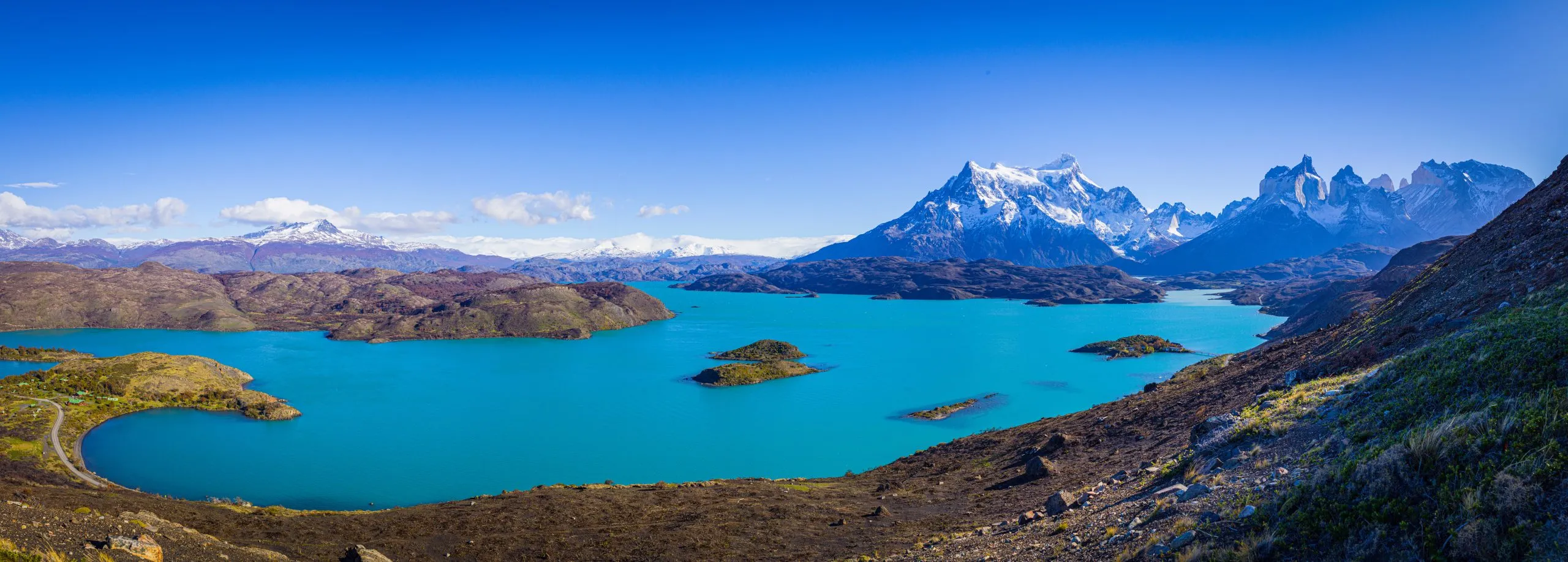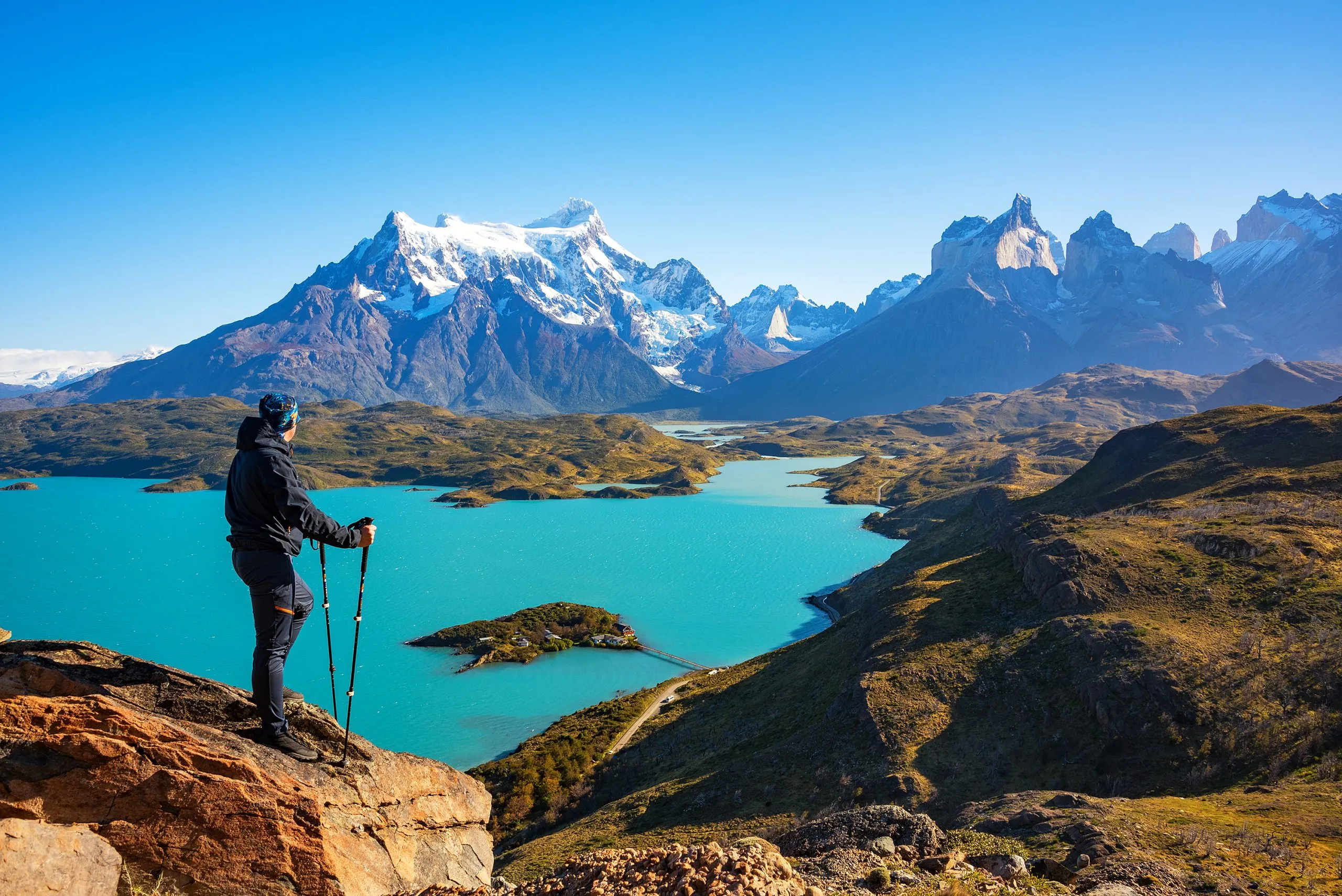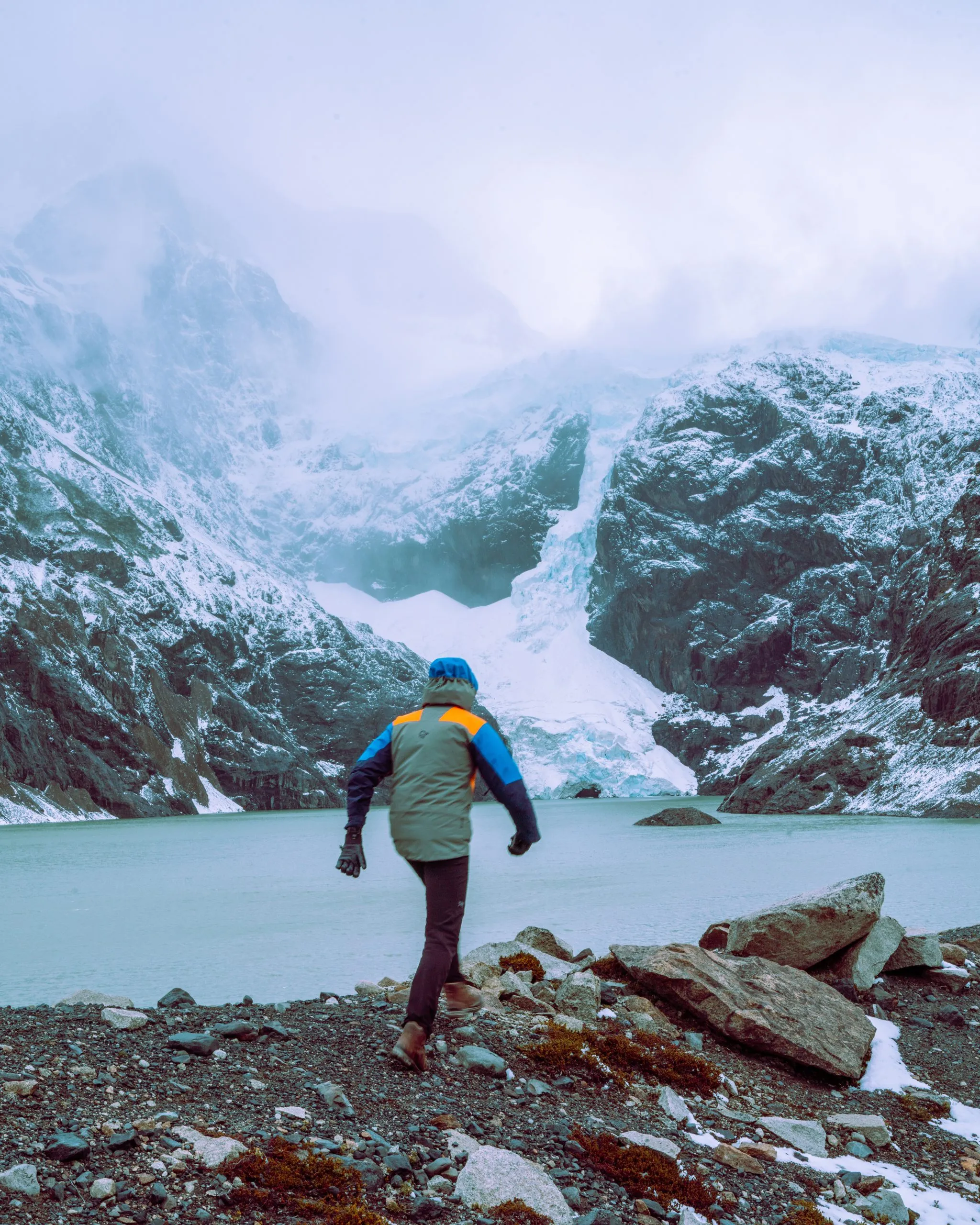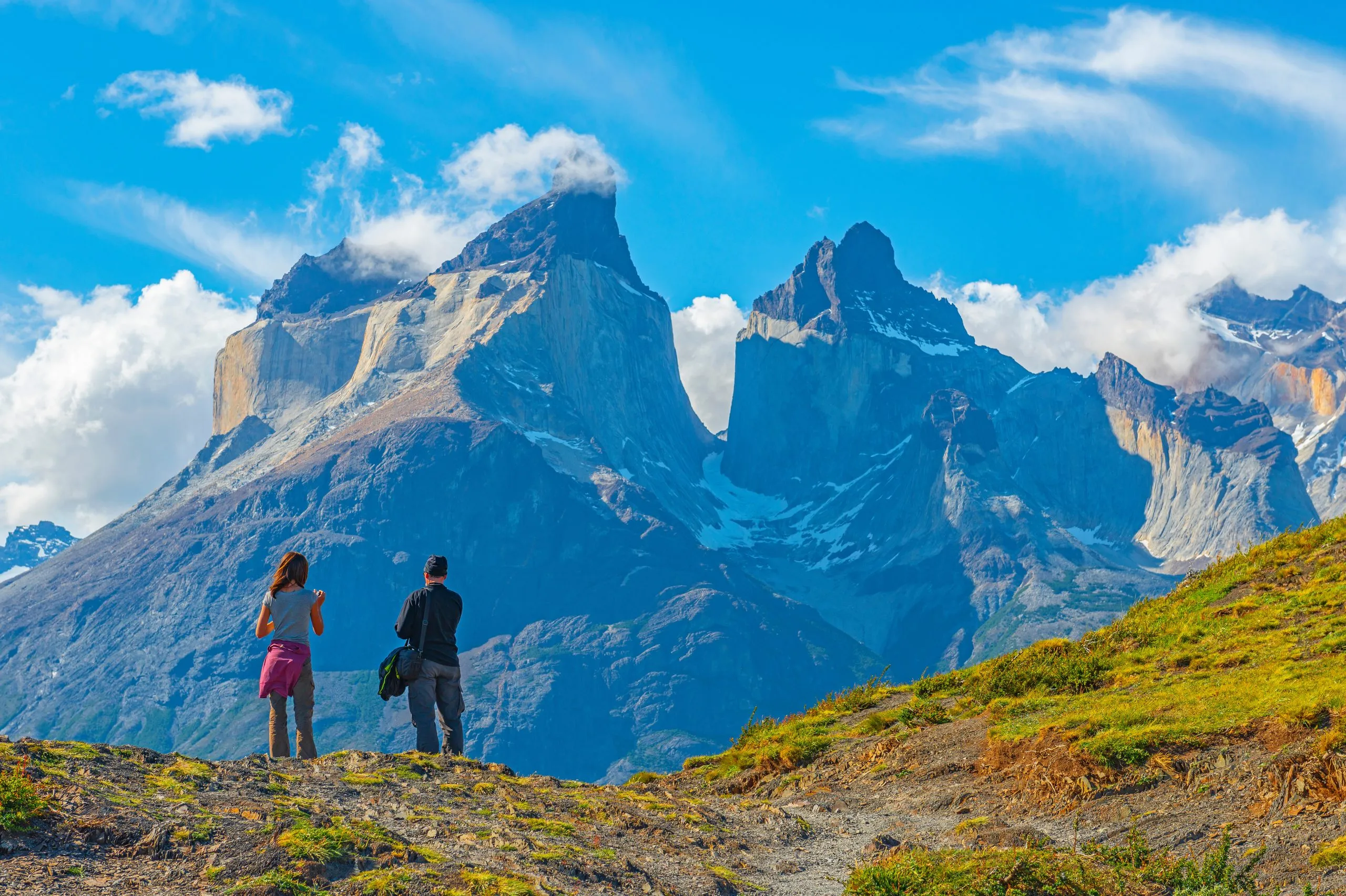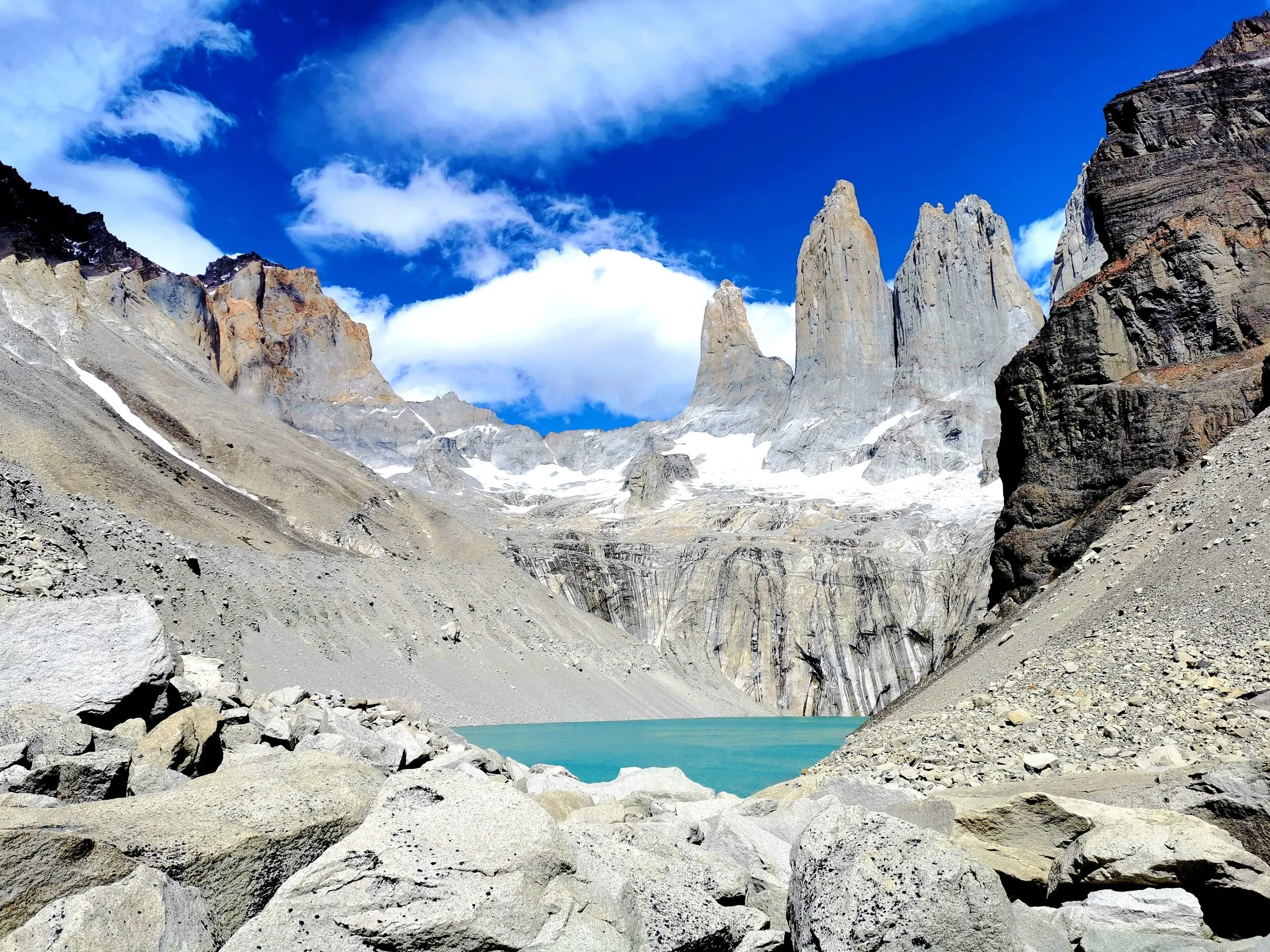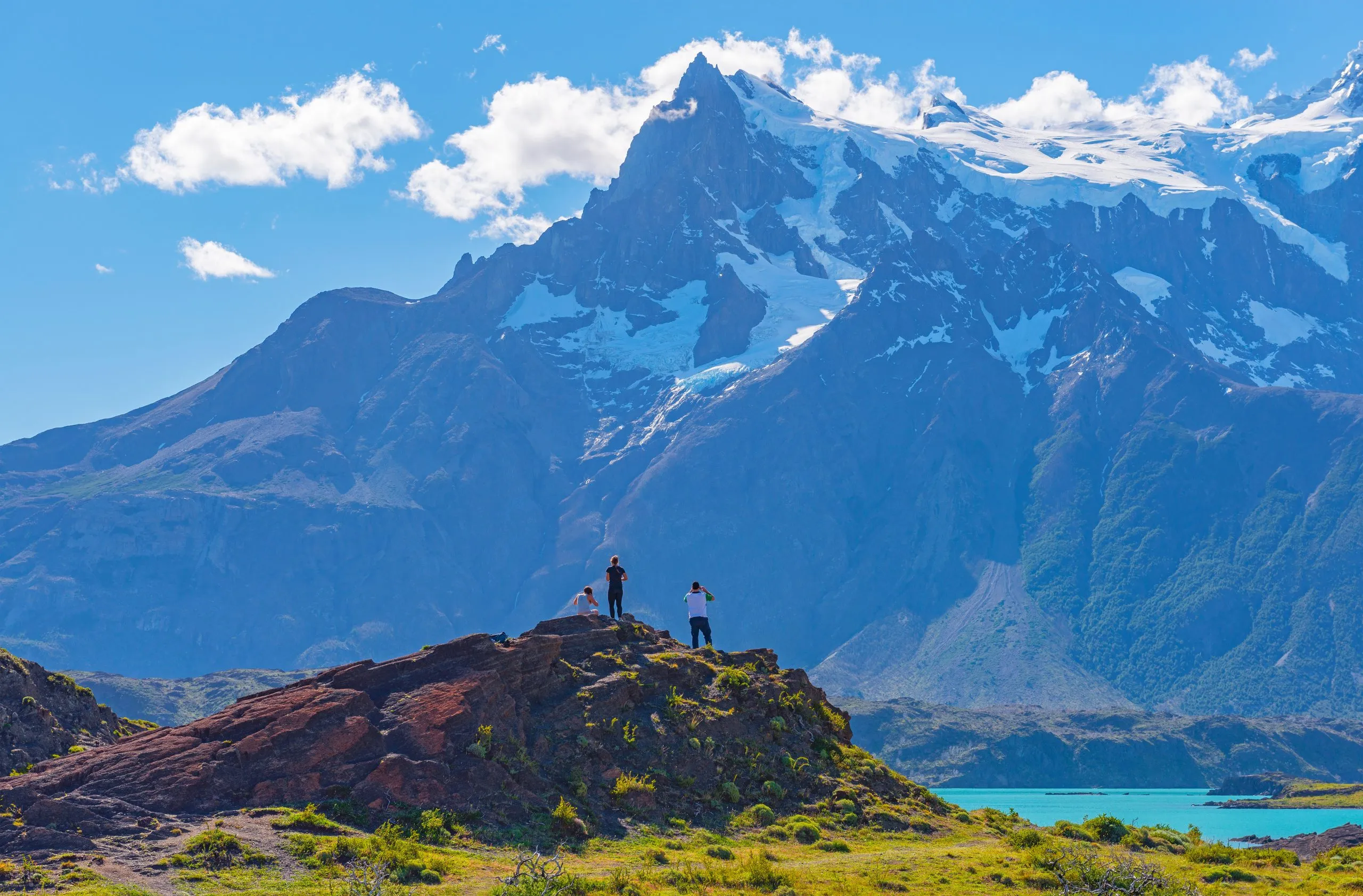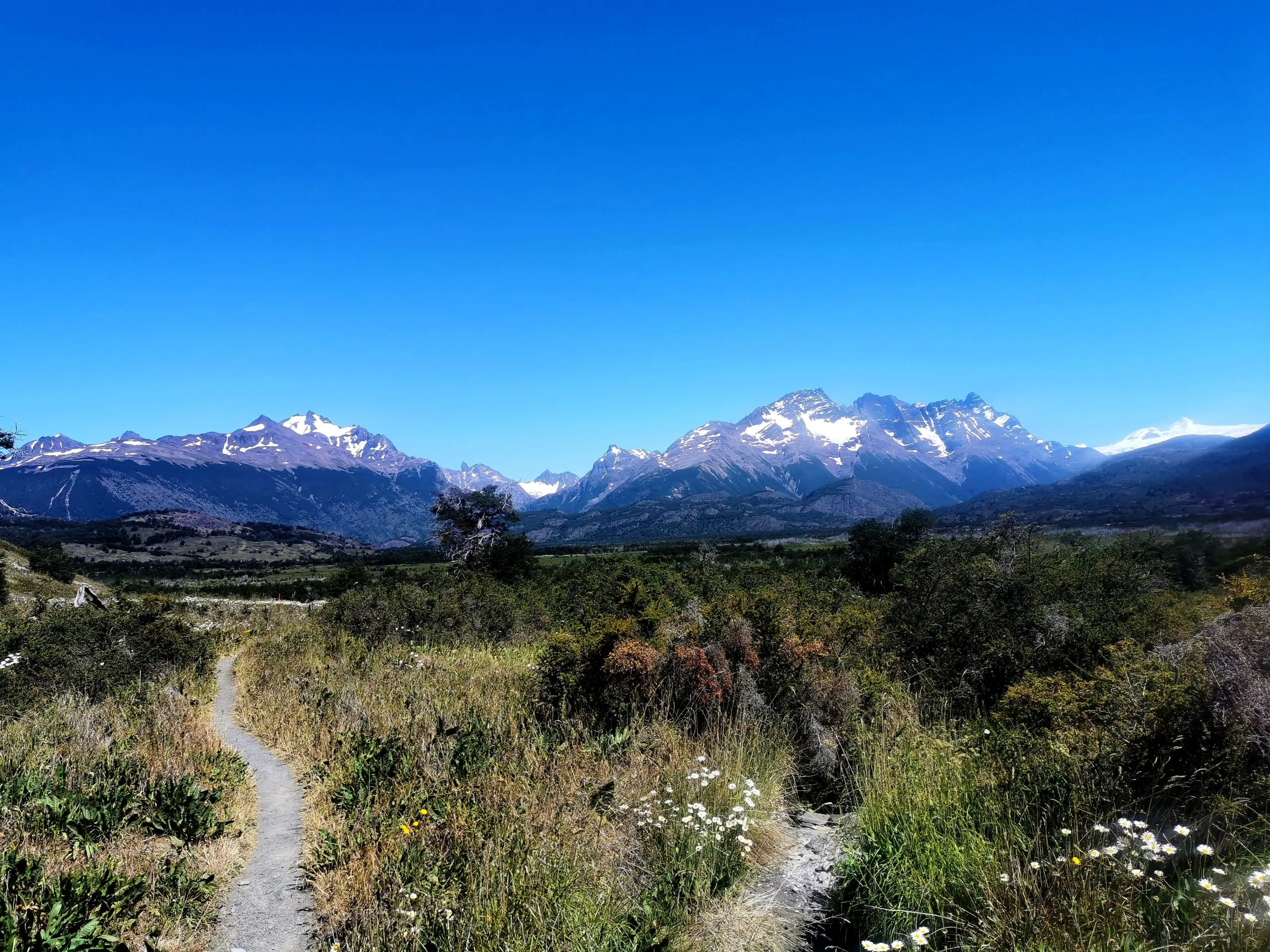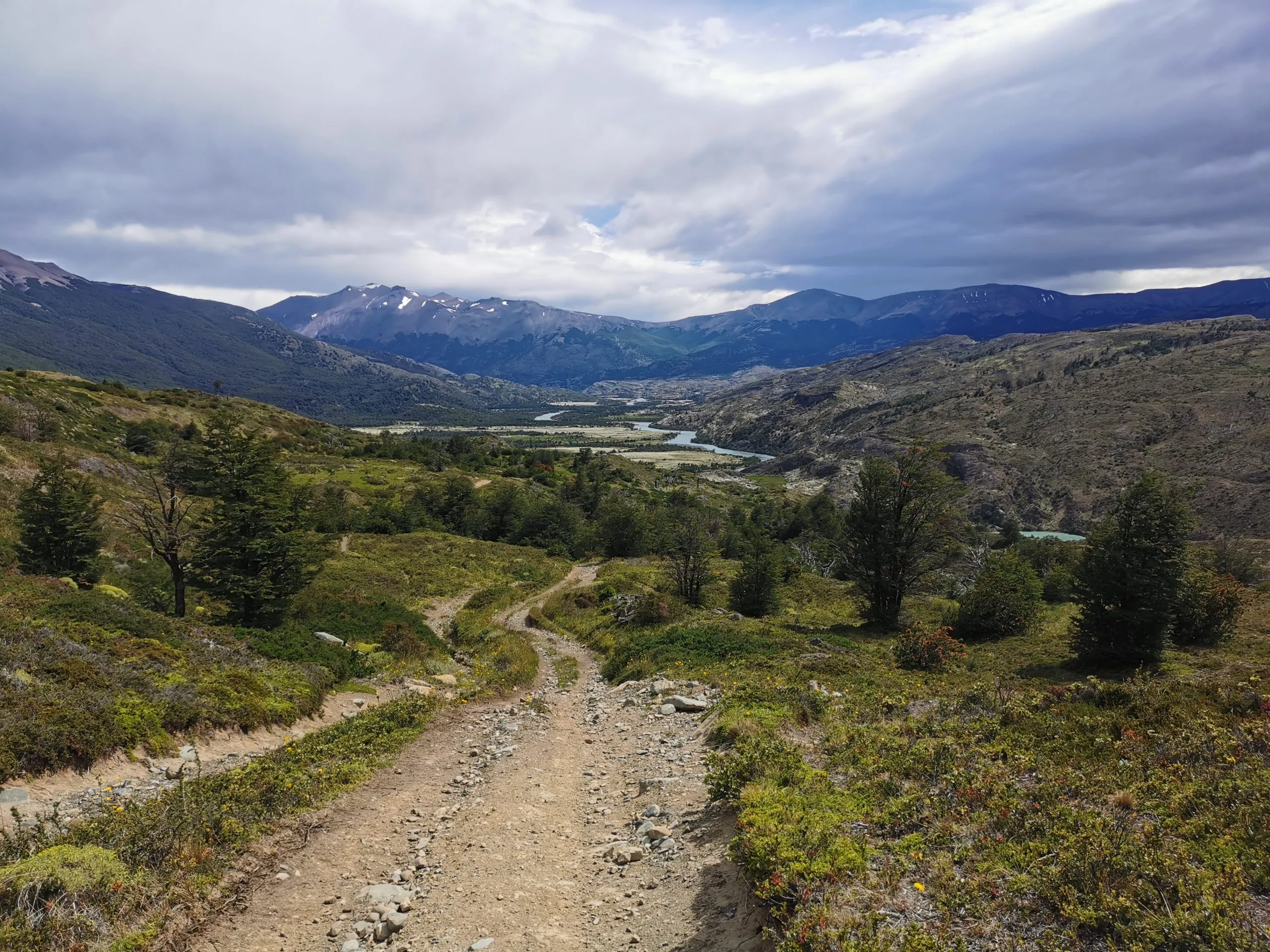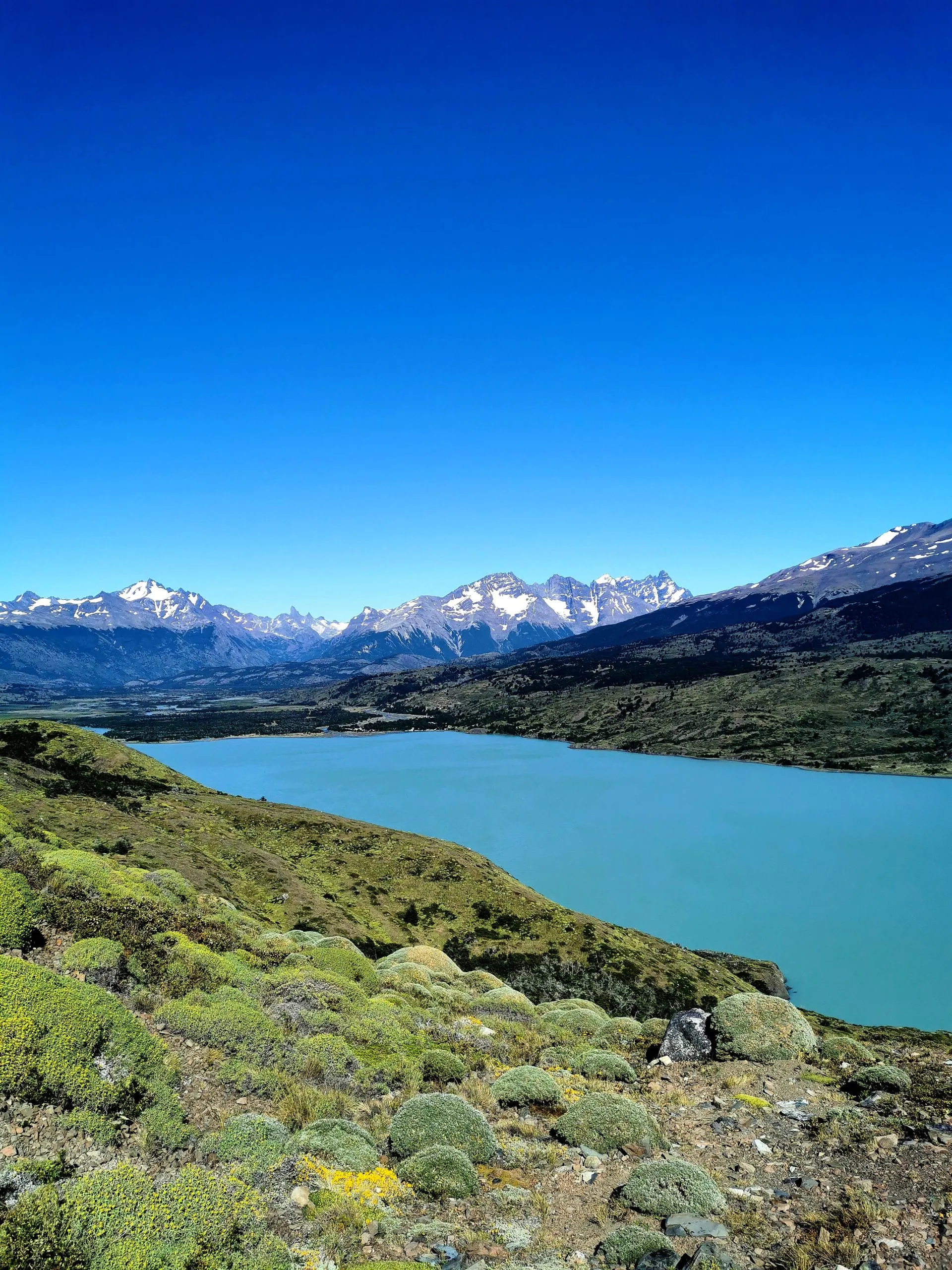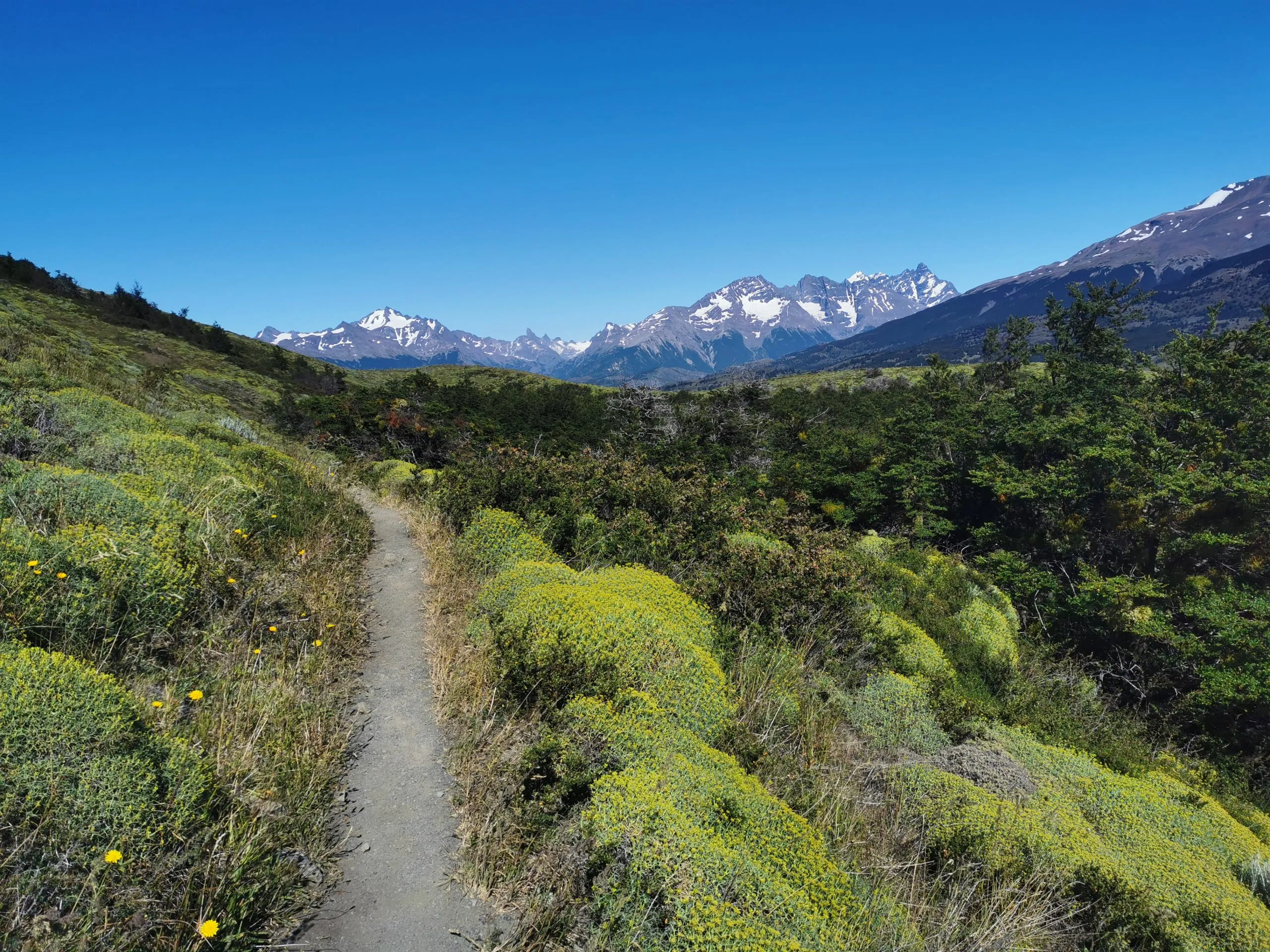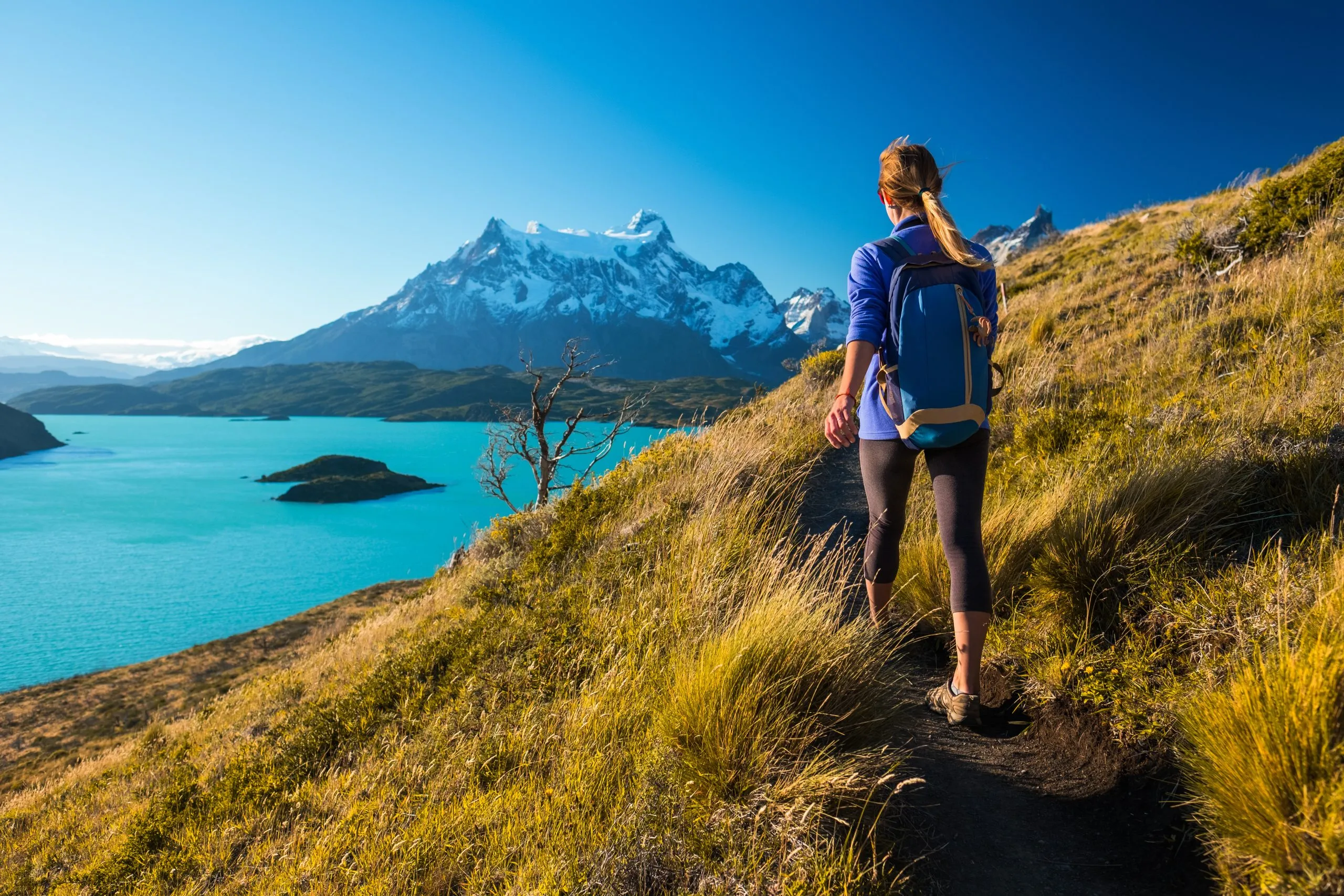
Highlights of Patagonia
Explore the dynamic streets of Buenos Aires, Argentina’s cultural heart
Trek through the scenic trails of El Chaltén, surrounded by Andean peaks
Stand in awe before the advancing Perito Moreno Glacier
Wander the vast beauty of Torres del Paine National Park
Conclude your journey at the edge of the world in Ushuaia
Itinerary
Arrive in Buenos Aires, the birthplace of tango. Explore the city’s highlights on a walking tour, then enjoy an evening free to savor Argentina’s famous cuisine. Perhaps a proper gaucho steak!



Fly to El Calafate and transfer to El Chaltén, a charming mountain town nestled in Los Glaciares National Park, offering stunning views of Mount Fitz Roy.



Set off on a trek in Los Glaciares National Park, hiking to Cerro Fitz Roy Base Camp and the breathtaking Laguna de los Tres, surrounded by the majestic peaks.
Distance: 22km / 13.7 miles
Time: 7 – 9 hrs
Elevation gain: 3500 ft / 1060 m
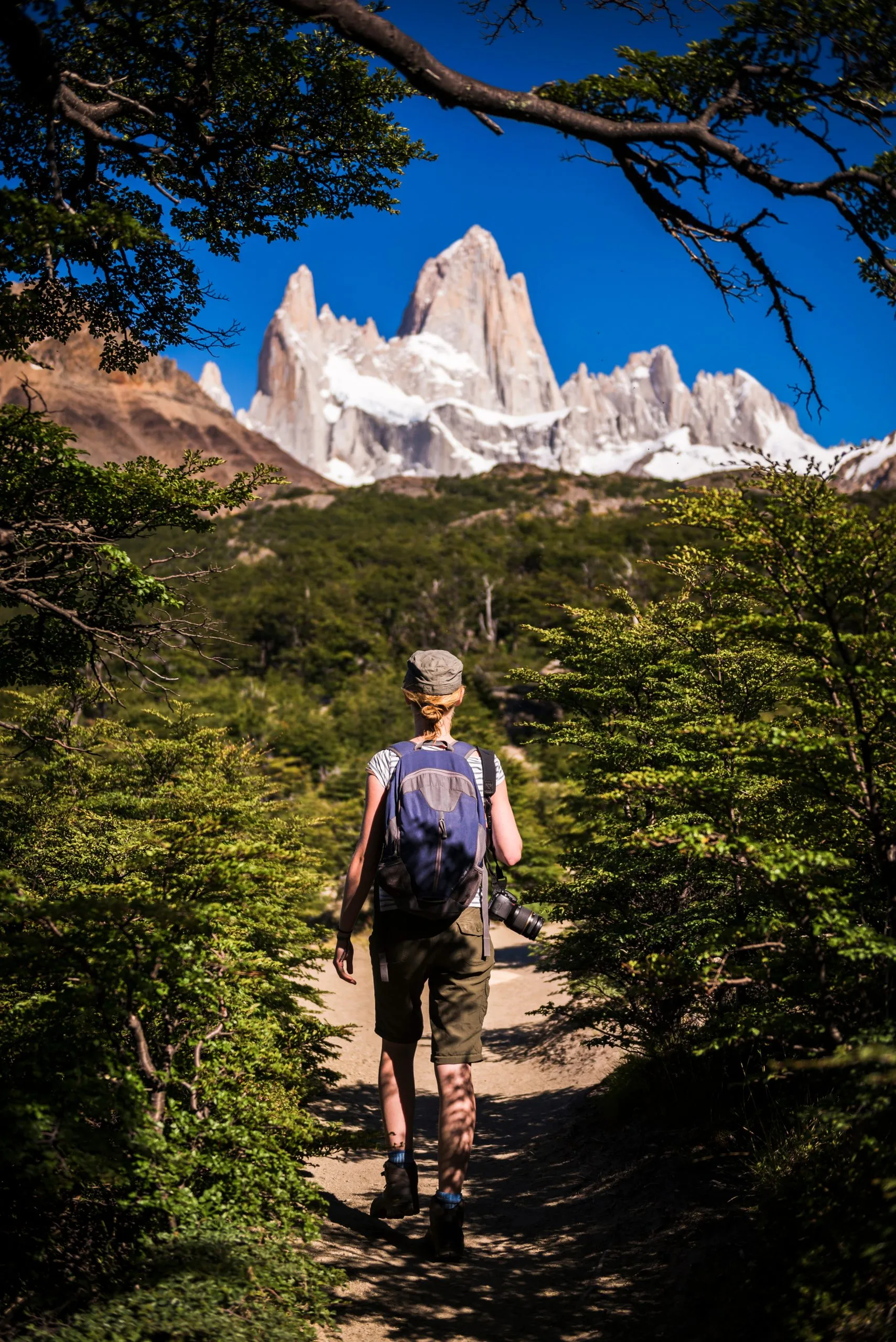


Enjoy a free day in El Chaltén for optional treks or excursions, then transfer back to El Calafate in the late afternoon, with the evening at leisure.



Visit the awe-inspiring Perito Moreno Glacier, with an optional boat trip to get up close to the towering ice faces and witness calving icebergs.



Spend the day exploring El Calafate at your leisure, with options to walk by Lago Argentino, visit the famous Glacier museum, hike for views of the Patagonian Steppe, or join an excursion.


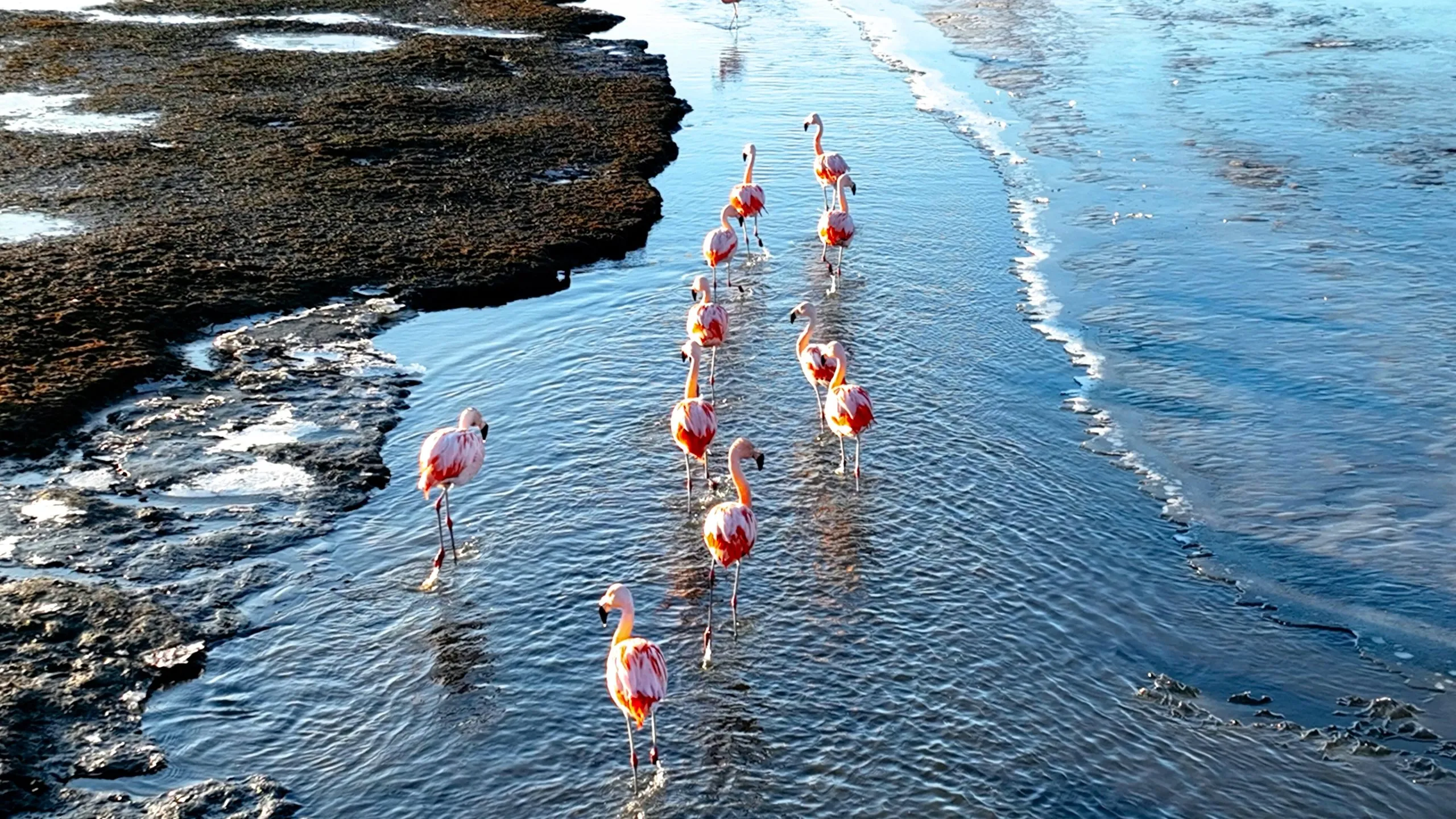
Travel to Torres del Paine National Park in Chile, changing buses at the border. Upon arrival, enjoy panoramic views of the Paine Massif.


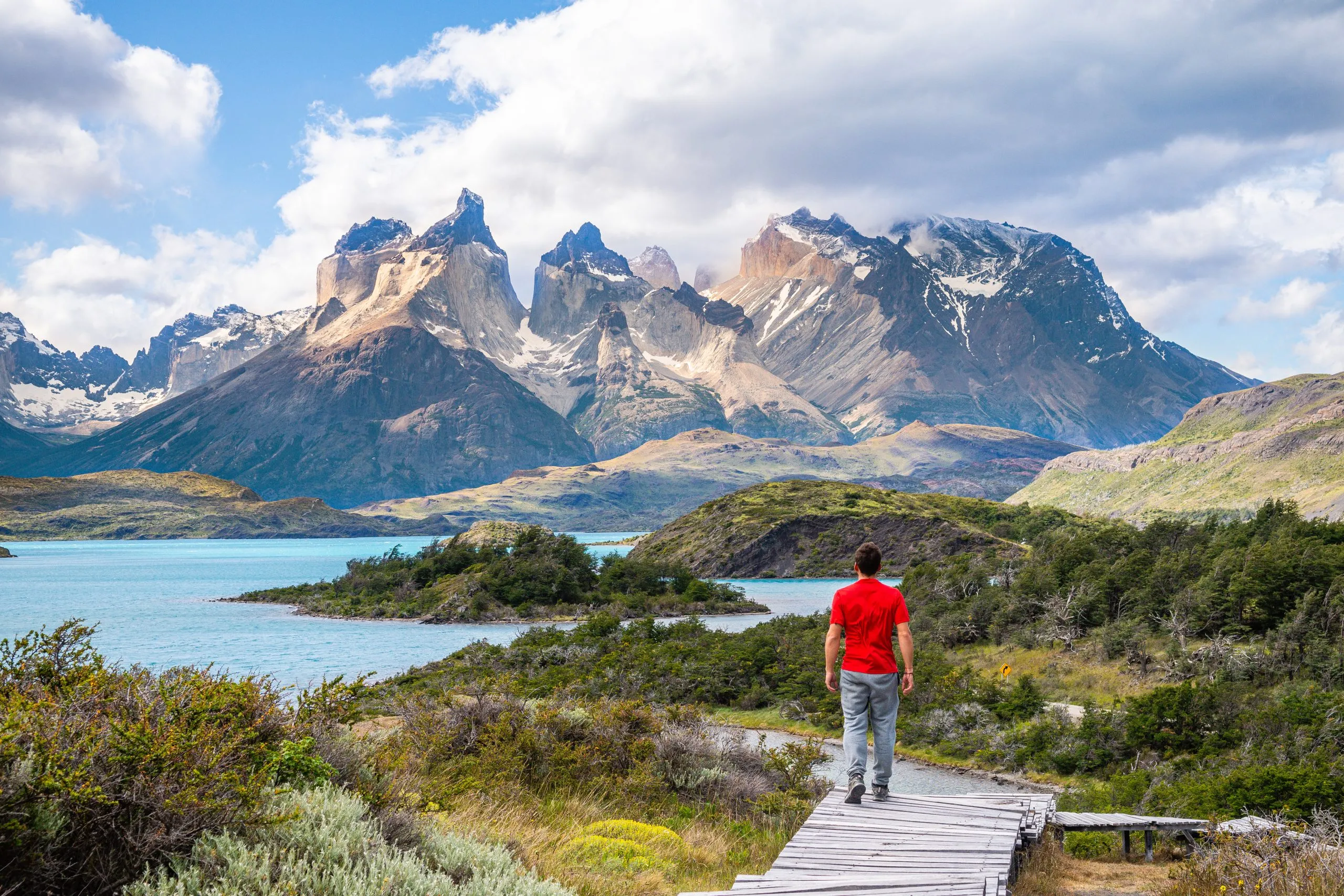
Challenge yourself with a hike to the base of the Torres del Paine, trekking through forests and rocky terrains, with stunning views throughout the journey.
Distance: 20.8 km / 13 miles
Time: 7-10 hrs
Elevation gain: 845 meters / 2700 feet


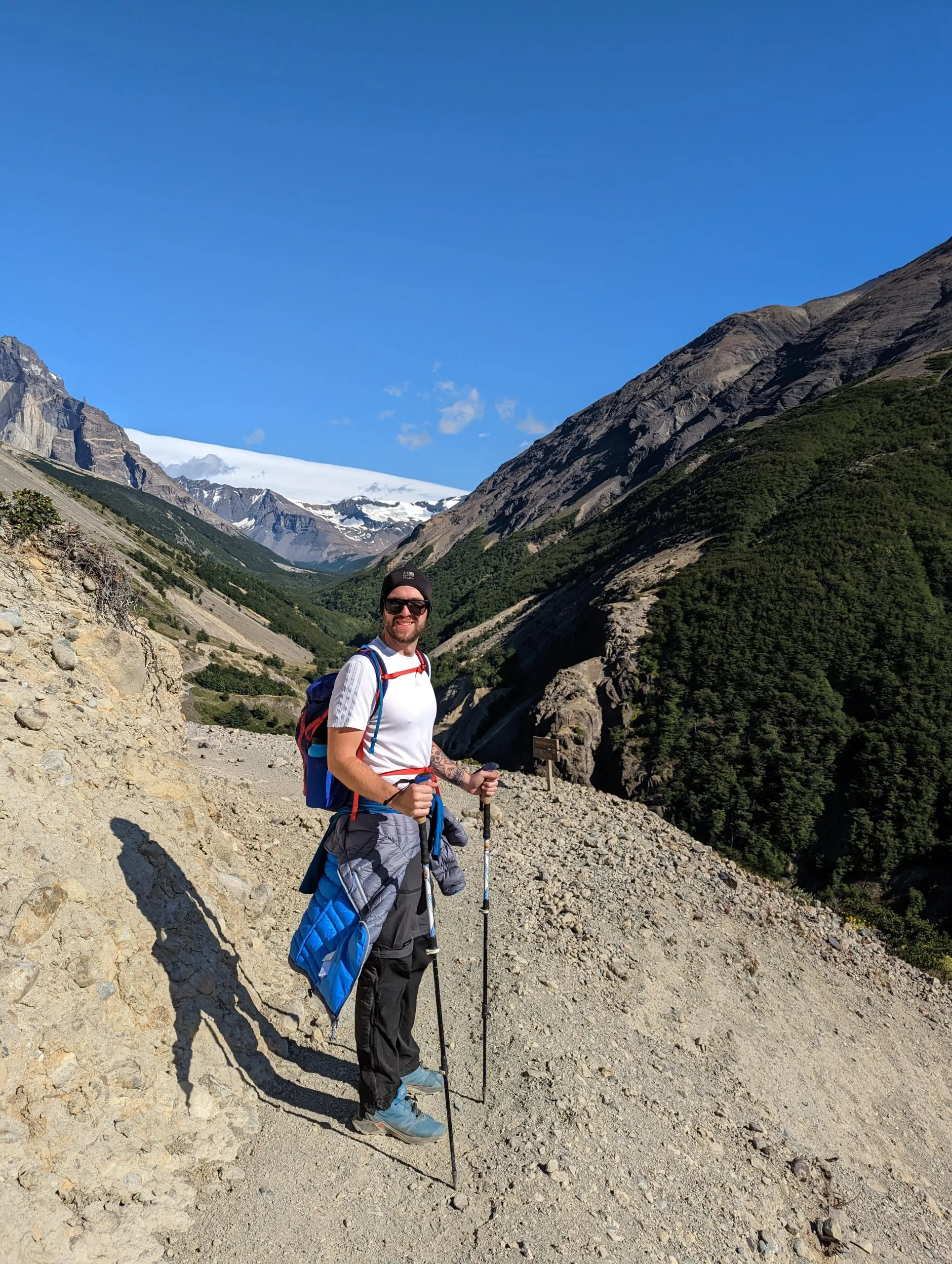
After breakfast, embark on a scenic transfer to Cerro Sombrero in Tierra del Fuego, including a ferry crossing over the Magellan Straits.
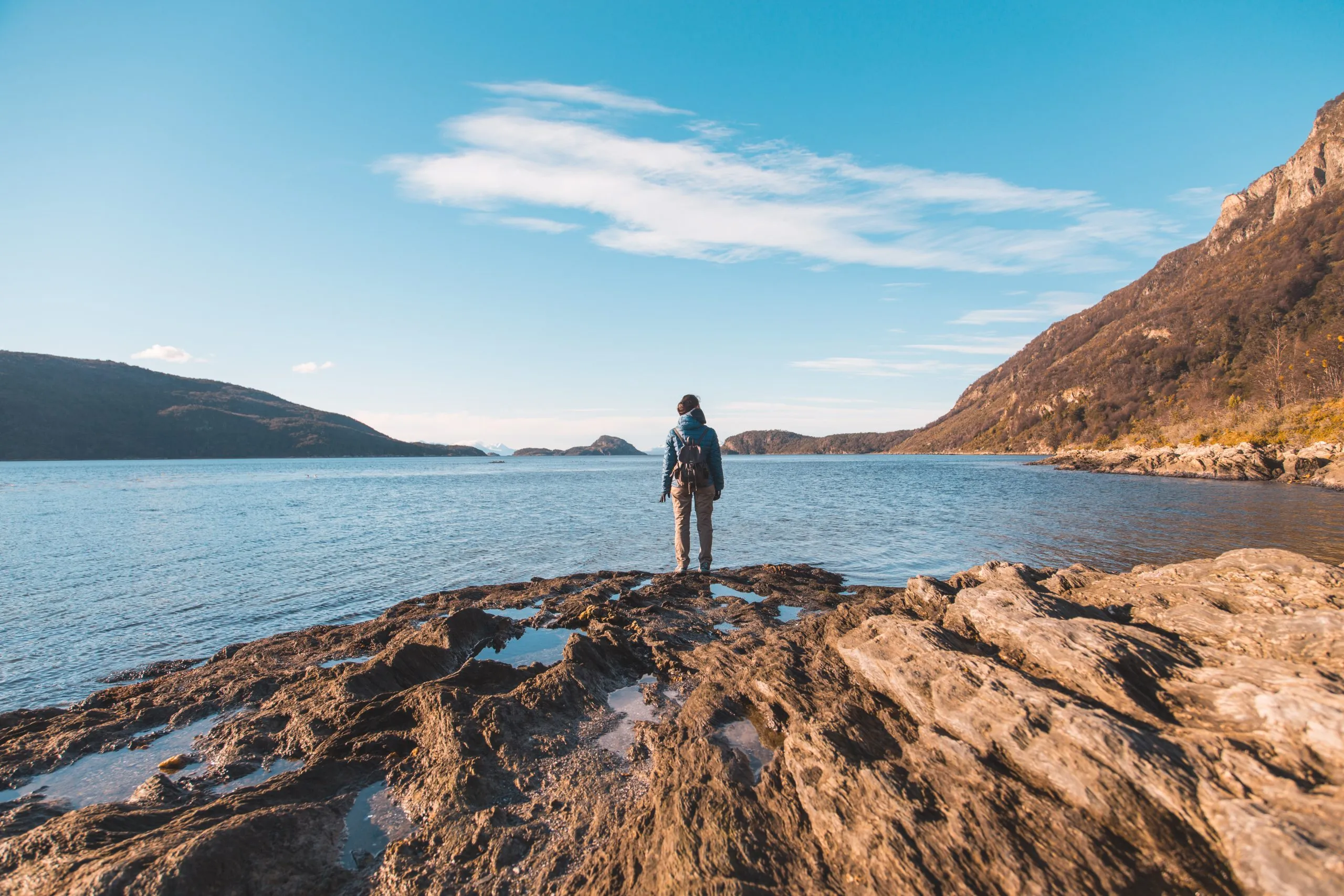
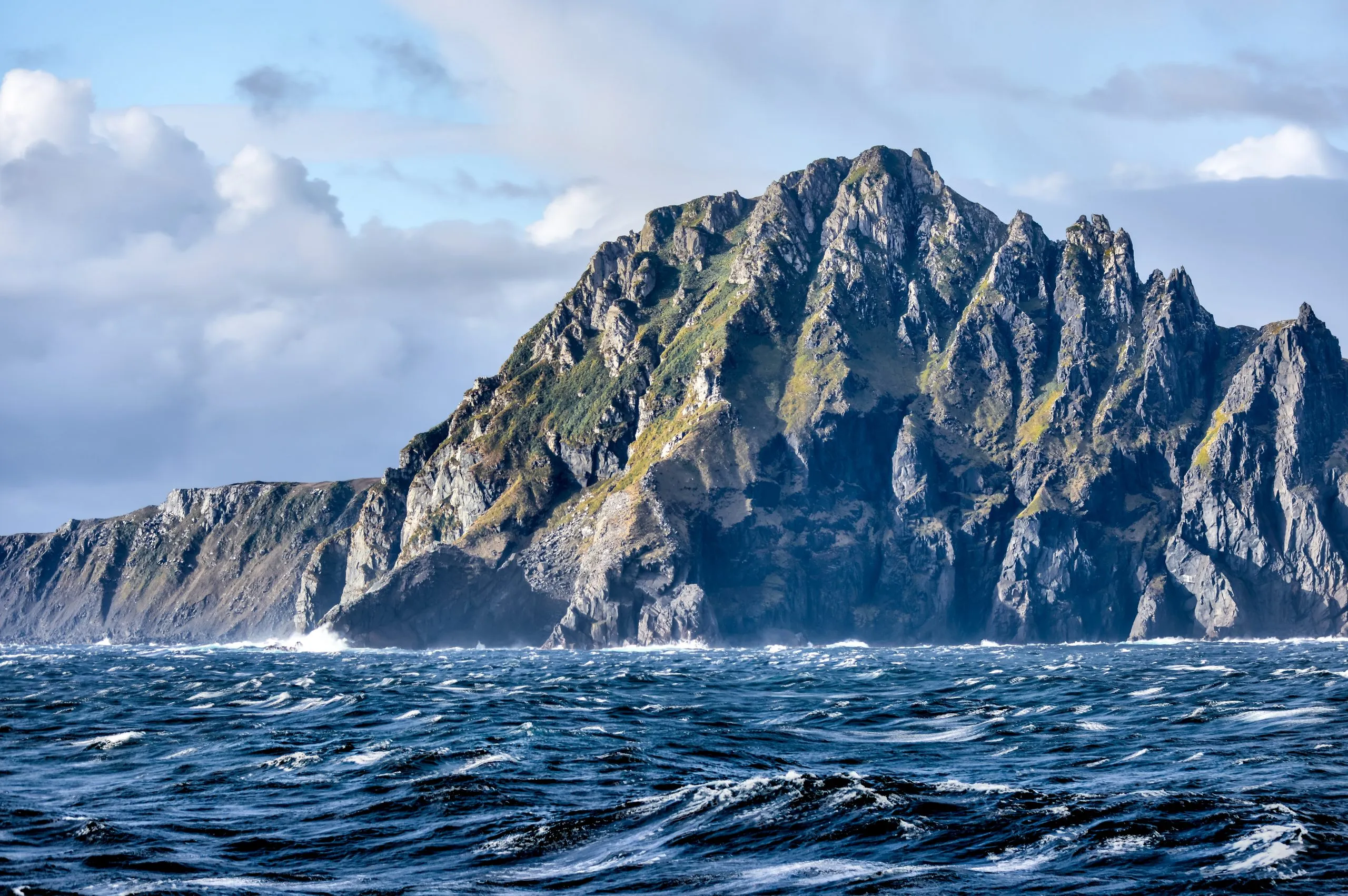
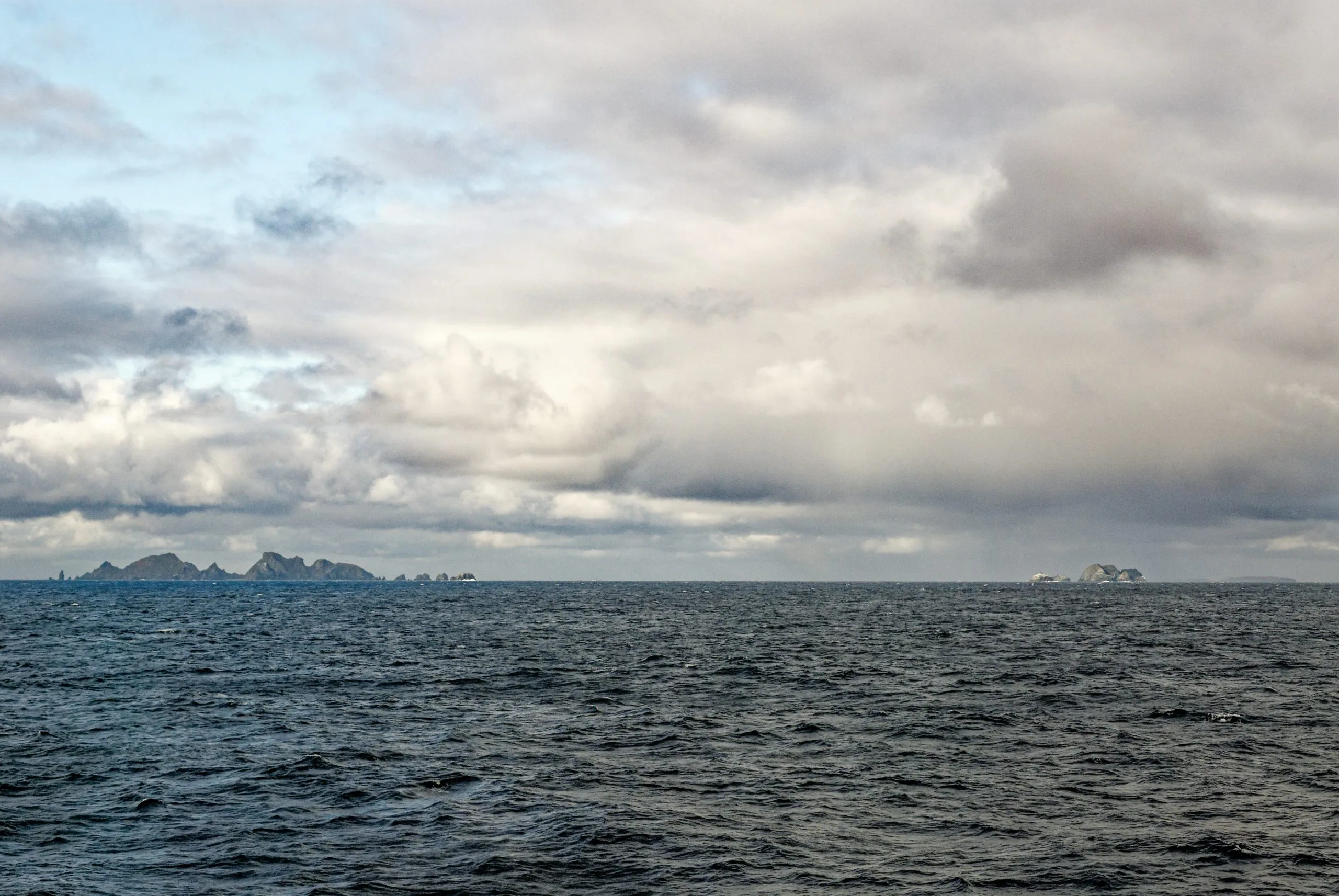
Cross Tierra del Fuego to Ushuaia, observing the southern Andes and arriving in the city known as the end of the world.


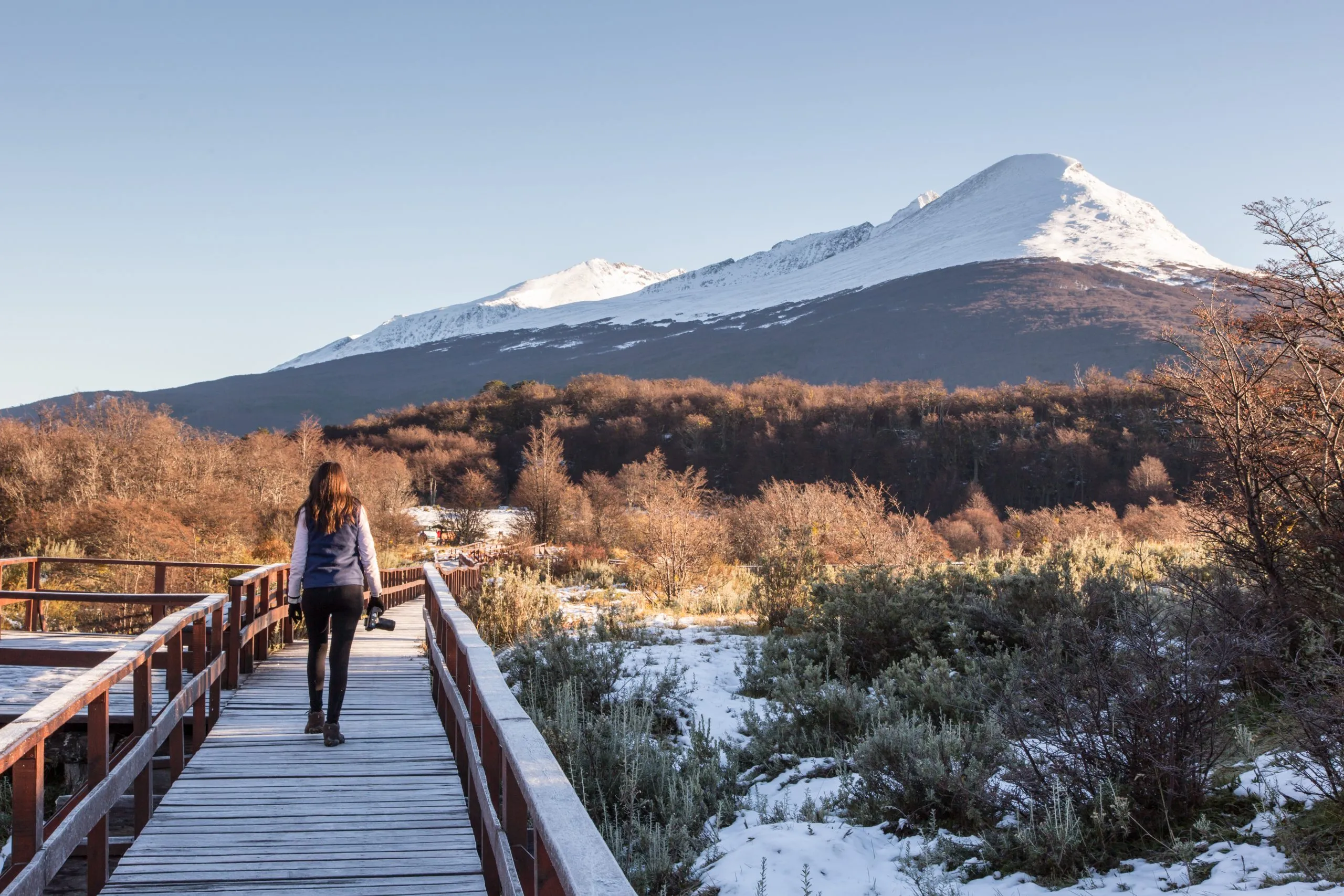
Explore the landscapes of Tierra del Fuego National Park and enjoy an optional boat ride along the Beagle Channel for wildlife sightings and stunning views.

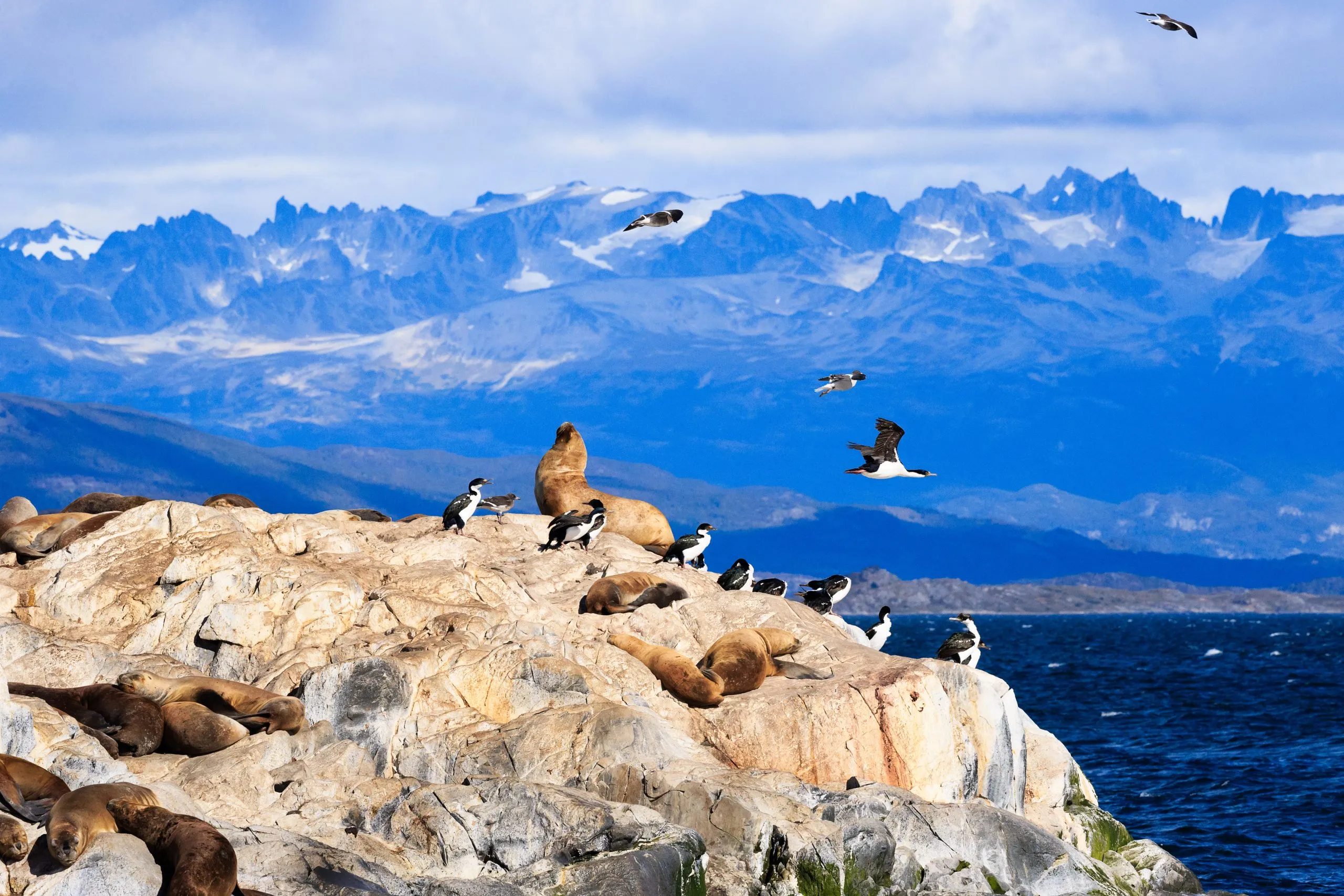
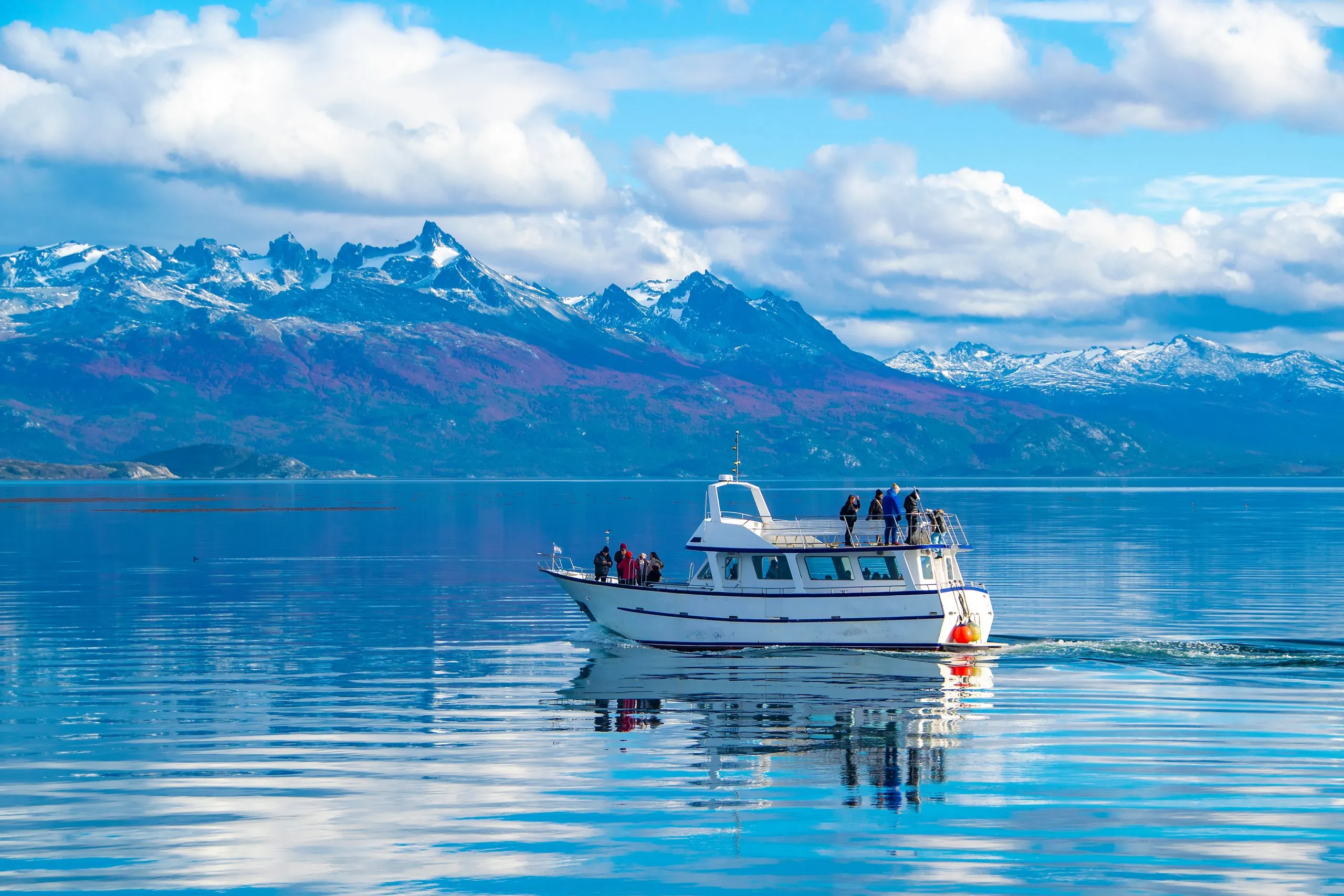
Depending on flight schedules, enjoy some free time in Ushuaia before flying back to Buenos Aires.



Spend your last moments in Buenos Aires at leisure before departing or extending your South American journey.
Want to make some changes?
Self guided
Included in price
Description
Set off on a grand exploration through Patagonia, starting in the vibrant city of Buenos Aires before delving into the untouched wilderness of southern Chile and Argentina.
This journey weaves through iconic landscapes, from the bustling avenues of urban life to serene, remote natural wonders.
Experience the contrast of environments as you trek iconic regions like El Chaltén with its glacier-fed lakes, the imposing glaciers and rugged terrain of Torres del Paine, and finally, arrive in Ushuaia, the southernmost city in the world.
Our adventure encapsulates the spirit of Patagonia, offering a profound exploration of its vast landscapes and outdoor activities.
From the towering, snow-capped mountains to expansive icy fields, and the windswept grasslands where shy guanacos roam and gauchos tend their flocks, every step of this journey is filled with awe-inspiring sights.
Witness the dynamic natural spectacle of Mt. Fitz Roy, and the awe-inspiring Perito Moreno Glacier, where the thunderous calving of ice echoes through the valleys.
This tour promises an unforgettable adventure through the heart of Patagonia’s rugged and pristine beauty, ensuring every traveler returns with stories of the astounding contrasts and the unbridled spirit of this remote region.
Places visited
Start planning today!
Things to know
The prime season for hut-to-hut hiking in Patagonia is during the Southern Hemisphere’s warmer months, generally from October to April. This period offers milder temperatures, longer daylight hours, and reduced precipitation, making it the ideal time for exploring Patagonia’s trails and enjoying its breathtaking landscapes.
We’ve rated our tours on a difficulty scale from 1 to 5 — with 1 being the easiest and 5 the most difficult.
The difficulty level of a tour tells you how fit you need to be and how much hiking is involved. Most of our tours are appropriate for people who are regularly active and can hike for about five to seven hours per day.
Technical difficulty means how skilled you need to be to hike on the path. Level 1 means the trail is smooth and wide (like a gravel road), while 5 means the surface is uneven and exposed, and you have to use your hands to help yourself move forward. In practice, that means that the higher the level, the more surefooted and skilled in scrambling you need to be.
It is best to book your tour early because most accommodations along the trail fill up quickly. That way, you can ensure that you have a place to stay.
Patagonian routes feature lots of wild and remote sections where you cannot just stop. In case of injury, it’s best to call the local emergency services. Ensure you have a means of communication, even in areas with limited service, to contact emergency services or local support for assistance.
For trails of medium to high difficulty, you might need to complete an online registration form before embarking on your journey. It’s important to visit the official website of the national parks to determine if your chosen trail requires this step. After completing your trek, ensure you confirm your safe return to prevent the initiation of an unnecessary search and rescue operation. Keep in mind that not all mountain shelters will initiate searches for hikers who fail to arrive as scheduled.
Most refugios in Patagonia offer the possibility of showering for free. Please note that some of them though don’t have hot water or it is limited! That’s why it’s wise to bring wet wipes with you for the days you don’t feel like showering with cold water.
Cell reception in Patagonia is generally not available within the national parks, making it a true off-grid experience. However, most of the refugios, offer Wi-Fi, albeit for a fee. The costs for Wi-Fi in these refugios can vary, but it’s typically around $8 USD for 1 hour, with options extending up to 10 hours for $15 USD. It’s important to note that while the Wi-Fi is available, it might be turned off during the night and might not support heavy data usage like streaming videos.
If you encounter bad weather while trekking in Patagonia, it’s crucial to be prepared for rapidly changing conditions, as the region is known for its unpredictable weather, including sudden rain, snow, and strong winds, even in summer. It’s advisable to have waterproof gear, layered clothing to manage cold temperatures, and windproof items to handle the gusts that are common in the area.
In Patagonia’s backcountry, where amenities are limited, and you’re required to carry your supplies, having extra food and warm gear can make a significant difference if you need to hunker down and wait out a storm. Remember, safety should always be your top priority, and turning back or altering your route is a better choice than risking injury or getting lost in bad weather.
Vegetarian meals are usually available in most accommodations. Vegan options are harder to be found in huts, but we’re happy to let you know about them in advance so you can plan accordingly.

Self-guided
HASSLE-FREE
BOOK WITH CONFIDENCE
TRIED & TESTED ADVENTURES
UNBEATABLE SUPPORT
Similar tours



